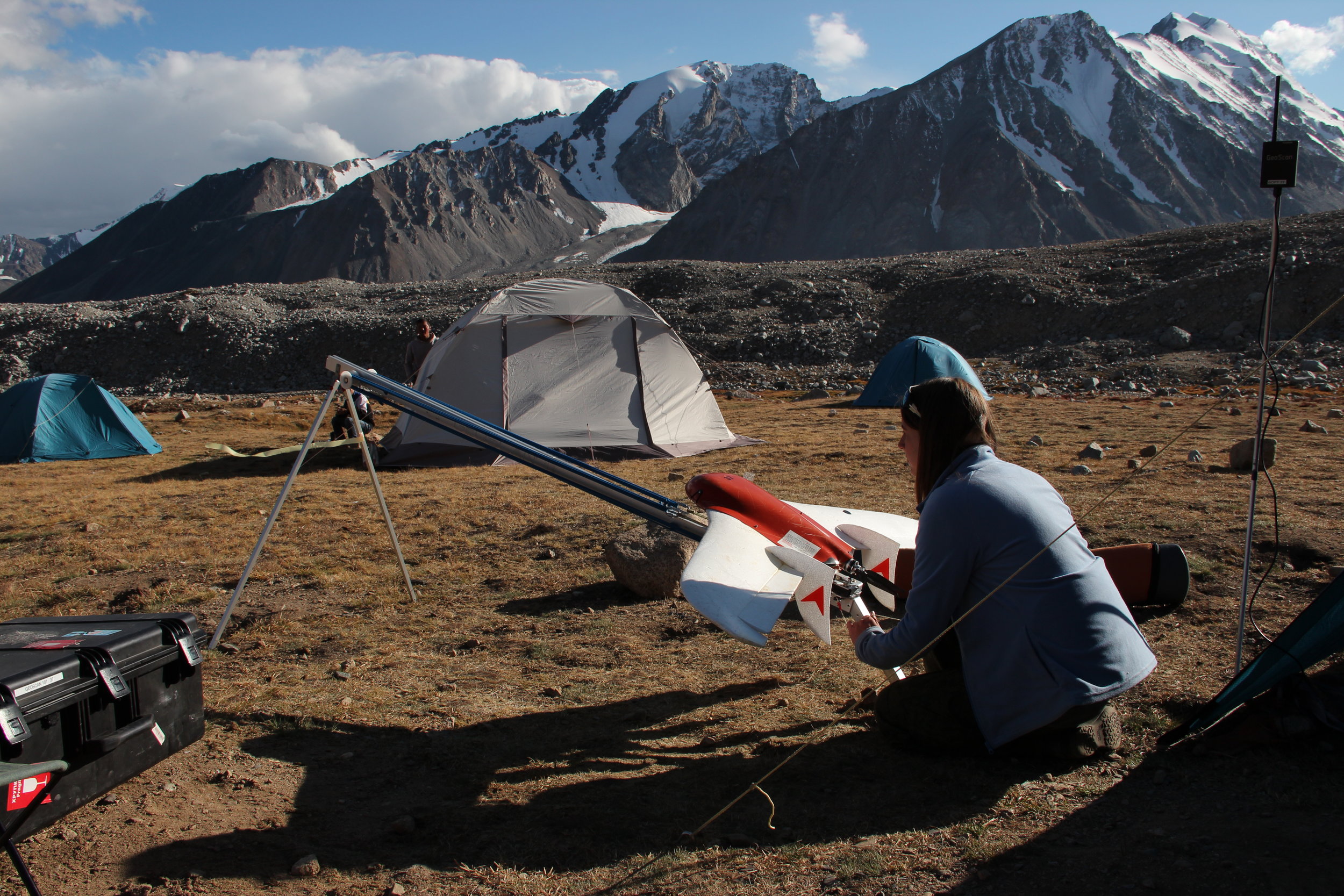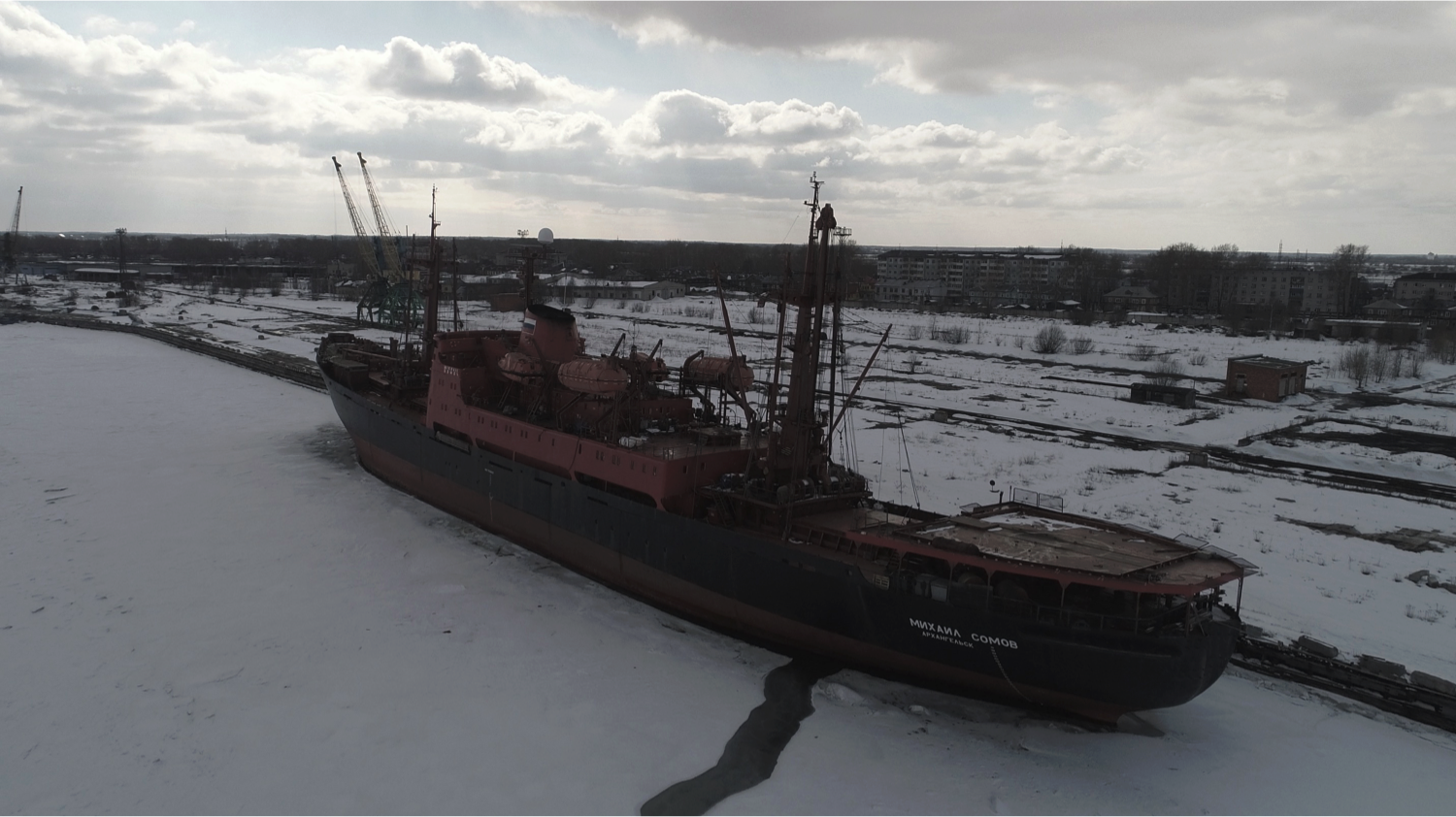The project
News
BEST FEATURE DOCUMENTARY
at MOSCOW TRAVEL FILM FESTIVAL
We are pleased to announce that the film Arktika Incognita was voted Best Feature Documentary at the Moscow Travel Film Festival last weekend.
The TRAVEL FILM In Russian international film festival collects the best travel films from around the world, which were created both by professionals and by enthusiasts, and helps to get them across to the Russian speaking audience.
Feel free to share
FRENCH MORNING ARTICLE - “Arktika Incognita”: l’expédition en terre inconnue de Luc Hardy
French Morning vous racontait en 2014 les aventures de Luc Hardy dans les îles Sandwich du Sud, au large de l’Antarctique. Ce Français qui vit dans le Connecticut avait monté une expédition scientifique en voilier autour de ces îles, dont un film était sorti au printemps 2015.
Trois ans plus tard, Luc Hardy revient avec un nouveau documentaire, Arktika Incognita, projeté en avant-première au FIAF mardi 1er mai à 4pm, dans le cadre du festival Focus on French Cinema.
En 1879, à bord de l’USS Jeannette, le capitaine américain George De Long et son équipage ambitionnent de rejoindre le Pôle Nord. Ils découvrent alors cinq îles -les îles de Nouvelle-Sibérie- mais n’atteindront jamais leur objectif, échouant leur navire dans les environs. “En lisant cette histoire, je me suis dit que j’aimerais partir sur les traces de George De Long un jour. Encore aujourd’hui, les îles de Nouvelle-Sibérie font figure de terra incognita, diamants blancs sertis sur l’océan et sanctuaires de la faune sauvage”, raconte Luc Hardy.
Deux ans de préparation ont été nécessaires pour mettre au point cette expédition de 15 jours en mer. “Nous sommes partis à la fin d’été 2017 pour avoir le moins de glace possible sur place. Les températures oscillaient quand même entre -20 et -10 degrés. Ce fut éprouvant physiquement même si ce n’étaient pas des conditions extrêmes”, explique le Français de 62 ans.
Pour ce voyage “éco-scientifique” au bout du monde, Luc Hardy s’est entouré d’une équipe de scientifiques “pour collecter du data sur la fonte du permafrost“. Une géo-informaticienne a également aidé à cartographier les îles, et des apnéistes ont plongé sur les lieux du naufrage de l’USS Jeanette. “Notre but n’était pas forcément de retrouver le navire. Nous avons construit cette expédition pour émerveiller et sensibiliser”, confie l’explorateur.
De ce voyage en “terra incognita“, le Français en garde un souvenir impérissable, celui d’avoir été le premier étranger à mettre le pied sur l’île de Jeannette. “C’est un endroit inaccessible dans le vrai sens du terme: brumeux, très rocailleux, presque mystique. Et y voir des ours polaires est toujours impressionnant”.
Réalisé par deux Français, Bertrand Delapierre et Alain Zenou, le documentaire Arktika Incognita témoigne de ce monde méconnu et de l’aventure humaine de son équipage, qui à la manière des explorateurs du XIXème siècle, sont partis en quête d’un horizon inconnu. “L’ironie de l’histoire, c’est que George De Long pensait que les eaux du Pôle Nord étaient chaudes. 140 ans plus tard, le réchauffement climatique est en train de lui donner raison tout doucement“, constate Luc Hardy.
Source: https://frenchmorning.com/documentaire-arktika-incognita/
ARKTIKA INCOGNITA, the new documentary produced by Sagax Entertainment
New trailer
At a time when man dreams of conquering other planets, there exists on Earth an extreme region with many secrets. Beyond the Arctic Circle, the islands of New Siberia are still Terra Incognita. Rare explorers have stepped upon these white lands. In 1879, aboard the USS Jeannette, Captain George De Long and his crew aspired to reach the North Pole. They discovered islands, later named De Long, but did not reach the famous pole, and the adventure turned tragic.
In 2017, as a tribute to these men, an international, multicultural expedition set off on the trail of the Jeannette. The purpose of this mission is to explore, observe, and witness this unknown world of white mounds on the ocean, the sanctuary of an authentic Arctic wildlife. In the manner of 19th-century explorers, scientists, adventurers, artists and freedivers go in search of this Arktika Incognita.
Directed by Bertrand Delapierre & Alain Zenou
Based on an original idea by Luc Hardy
Narrated by Elsa Zylberstein
Original music by Tristan Bres
A l’heure où l’Homme rêve de conquérir d’autres planètes, il existe sur Terre une région extrême aux multiples secrets. Au-delà du Cercle Polaire Arctique, les îles de Nouvelle Sibérie font encore figure de terra incognita. En 1879, à bord de l’USS Jeannette, le Capitaine George De Long et son équipage ambitionnent de rejoindre le Pôle Nord. Ils découvrent cinq îles mais n’atteignent pas leur objectif. Et l’aventure tourne au tragique…
En 2017, l’expédition PAX ARCTICA part sur les traces de l’USS Jeannette. Cette mission d’exploration a pour but d’observer et de témoigner de ce monde méconnu – Diamants blancs sertis sur l’océan et sanctuaires de la faune sauvage. A la manière des explorateurs du 19e siècle, des scientifiques, des artistes et des athlètes partent en quête de cette ARKTIKA INCOGNITA.
Réalisé par Bertrand Delapierre & Alain Zenou
Sur une idée originale de Luc Hardy
Narration Elsa Zylberstein
Musique originale Tristan Bres
Zoé Koenig - News
Zoé Koenig, chercheuse, LOCEAN de l’université Pierre et Marie Curie. Elle est l’une des 30 jeunes femmes scientifiques séléctionnées pour l’événement « Génération Jeunes Chercheuses » organisé par la Fondation L’Oréal le 11 octobre 2017. Lors de cette événement Zoé Koenig a été récompensé d'une bourse de 15 000€ en l’honneur de son parcours d’excellence. Ses travaux en tant que doctorante avaient pour objectif de comprendre l’une des origines de la fonte de la banquise du pôle Nord, plus précisément l'impact des eaux chaudes de l’océan atlantique.
France Culture - podcast
Interview of Aurore Asso (49'50"), one of the freediver (with Alexey Molchanov) by France Culture (French radio) who mentions the Pax Arctica - Russian Arctic Expedition 2017 and the forthcoming movie ARKTIKA INCOGNITA.
News from Russia
September 25, 26 & 27, 2017
The end of the trip is getting closer. While sailing back to Tiksi, we made two last stops. Before arriving at Lyakhovskiye Island, we anchored at the deepest point in the surrounding area to make our last dive. As the swell was not too strong, our trusty rubber boats could be hoisted down. The freedivers were very excited to make their last dive in East Siberian Sea. Unfortunately, the visibility was quite poor, probably the worst of the trip, as they couldn't even see the end of their fins. Thankfully they had a line yard to stay linked to the rope and avoid being disoriented in the murky green water.
Once back on the ship, they did their usual sauna to warm themselves. Then, the Somov continued its route to Lyakhovskiye, which would be our last stop before getting to Tiksi.
We arrived on Sunday in the morning and the captain anchored the ship to supply the nearby polar station. The helicopter made at least 10 trips back and forth from the boat to carry all the barrels of fuel that the station will need, lasting them until the next summer. That afternoon we all kept busy by packing our equipment while we made our way back to Tiksi.
It being our last evening, Elena, Galina and Nadia, 3 women of the Somov crew that have been so helpful and nice to us during the trip prepared a “tea party” for us. They cooked us a tasty cake with red berries and brought us some dark chocolate... a true treasure on a Russian ice-breaker in the middle of the Arctic. While we were having a wonderful evening, it was hard not to already become a little nostalgic at the thought of leaving the boat and the people we had come to know quite well.
We arrived in Tiksi around eleven the following morning and we organized our departure into two groups in order to accommodate not only our group but also our luggage.
And we ended right back where we started: the Tiksi polar station! However, now the Yakutian village was covered in a beautiful plush blanket of snow, turning the barren wilderness around us into a wonderful landscape.
Aurora, Marie, Bertrand, Eric and Adrien decided to walk back from the polar station to the town. This 3km walk in the fresh thin layer of new snow was so pleasant, particularly since it was sunny day with an incredibly pure autumn light. We could clearly see all the white hills surrounding Tiksi that the fog had hidden from us before.
And it seemed like Tiksi wanted to keep us there... We learned that our flight to Yakutsk for that day had been cancelled due to an icy runway. We therefore had to spend another night in the majestic Hotel Arktika. Nonetheless this unexpected stop in Tiksi gave us the time to spend one last day all together before our adventure ended.
We were very pleased to see Tiksi in this new light, covered in white. All the local children were playing in the snow with their dogs and their smiles, their laughs and joy cutting through this desserted Northern landscape.
When looking out towards the horizon along the ocean, we could actually make out the figure of the Somov, our “home sweet home” of the Russian Arctic, slowly drifting off to sea en route to Pevec in Tchoutkokta. Watching this little dot on the sea, each of us was already thinking of the next expedition in the Arctic. Because when Arctic gets you, it gets you.
The Pax Arctica – Russian Arctic Expedition 2017: soon to be a film
PAX ARCTICA EXPEDITION BACK FROM THE ARCTIC – FIRST IMPRESSIONS: In the extreme North of the Russian Arctic… where polar bears have never seen man… where mammoths once roamed the land… a group of adventurers, scientists, free divers – and yes, artists! – rediscover pristine, historical islands in the East Siberian Sea. Inspired by George De Long’s 1879-81 Jeannette Expedition, polar-region veterans and newcomers from Russia, France and the US explore and create in this grandiose environment. United by a passion for the Arctic, they experience ‘World First’ discoveries… absorb the fragility of this highly endangered ecosystem while advancing our understanding and appreciation of these virtually inaccessible expanses.
ARKTIKA INCOGNITA, a film by Bertrand Delapierre, produced by Sagax Entertainment, based on an original idea by Luc Hardy… to be released in early 2018.
vimeo.com/237588193
paxarctica.org/russian-arctic-2017/
#paxarctica.
With the support of the Prince Albert II of Monaco Foundation (fpa2.org)
Videos
Discover the Pax Arctica – Russian Arctic Expedition 2017 via my YouTube channel
You can also follow the Pax Arctica – Russian Arctic Expedition 2017 via my YouTube channel and the playlist dedicated here. Below the first videos we have been able to upload despite the low speed internet access!
How to de-ice a helicopter on the SOMOV?
Katabatic winds in Russian Arctic
Propulsing the SOMOV through the East Siberian Sea
Luc Hardy & Bertrand Delapierre send message to Moscow Travel Film Festival from Henrietta Island
Pictures
Aurora Borealis: we often saw them at night from the ship during the expedition. Here is one on our return flight from Tiksi to Yakutsk. The Aurora is an incredible light show caused by collisions between electrically charged particles released from the sun that enter the earth's atmosphere and collide with gases such as oxygen and nitrogen. By the way they can be seen in Antarctica too!
Dr. Alexei Tikhonov and Dr. Eric Crubezy examine rocks collected from the De Long Islands during our Russian Arctic expedition. They seem convinced of pre-modern times human presence there. to be further studied...
This section of Bennett Island, one of the De Long islands in the East Siberian Sea, looks like an half-sunk ocean liner
Just Tiksi, no comment...
Dr. Alexei Tikhonov and Dr. Eric Crubezy examine rocks collected from the De Long Islands during our Russian Arctic expedition. They seem convinced of pre-modern times human presence there. to be further studied...
Drifting wood on the beach in Tiksi...
Unloading the rubber boats from our mother ship SOMOV, to execute a final open dive in the East Siberian Sea
Our good old soviet-built (1975) ship is doing very well in the East Siberian Sea...
How to access a remote island in the East Siberian Sea: need the perfect combination of ice, wind, swells, fog or lack thereof...
– if solid ice around, just walk...
– if no ice and no swells, rubber boats...
– if ice, some swells and winds not too strong: helicopter.
– if no ice but swells and fog: stay on the ship!
We found very little ice on the way to our exploration of the New Siberian and De Long islands: probably just a combination of currents, winds... We were very lucky to be able to access all the De Long islands as a result.
For the historical context of our Pax Arctica New Siberian Island expedition, must read: http://ow.ly/dp1430fxyP3 or even better, the entire book Kingdom of the Ice... narrative non-fiction as a page-turner... http://www.hamptonsides.com/writing/in-the-kingdom-of-ice/
Professor Alexei Tikhonov, Director of the Zoology Institute in St. Petersburg tells us everything we ever wanted to know about fauna and flora of the East Siberian Sea and its islands... What are these rocks discoveries about? Past human presence? Answers in the expedition film!
Larisa Shelokhovskaya, a senior biologist at the Ministry of Natural Resources of Yakutia enlightened us all about the richness of Yakutian fauna and flora, but also about the cleaning work from past pollution which remains to be done, especially on the Arctic coast.
Want to know more about the Yakutian people? If you could not be on the SOMOV with the Pax Arctica expedition these past few weeks listening to anthropobiology Prof. Eric Crubezy – read his fascinating book: http://ow.ly/hVlD30fyh8j
A phone on the bridge of the SOMOV. Solid 1975 technology. Still ringing...
A beautiful old map showing where the Pax Arctica expedition was doing its discoveries in the past few weeks...
The Captain, Marie and Adrien watch for that lone iceberg which could create a problem...
Eventually both Alexey Molchanov and Aurore Assodropped their life jackets to do their deep free dives in the East Siberian Sea...
Child rearing in Tiksi, at the extreme north of Yakutia, a remote province of Russia, 5-times the size of France...
Looks like there are penguins in the Arctic after all... with Bertrand Delapierre... To be researched further...
Alexander (r.) and Alexei, our fearless (but very safety conscious) Mig-8 pilots: from Afghanistan to the Russian Arctic.
Just old anchor's rust
Legendary adventure/discovery film director Bertrand Delapierre uses his walking commute in Tiksi to think about our film's title ideas...
Aurore Asso, with old skis from a Russian Arctic polar station
Setting up a Kodak fish-eye cam in the helicopter cockpit. The video imaging will be used to 3Dmodel the islands we will study
Arctic landscape in the New Siberian Islands...
Thanks to our Mi-8 and its crew, we could access spots never before visited...
De Long island discovery in the Russian Arctic, one stone at a time
No I was not outside the helicopter when I took that pix, but a long arm through the window will do the trick...
Early morning industrial junk burning in Tiksi...
The Pax Arctica Russian Arctic Expedition combined members from Russia, the USA, France and was made possible thanks to the support of the Prince Albert II of Monaco Foundation.
News from Russia
September 23 & 24, 2017
Saturday morning the divers wanted to make another symbolic deep dive in open water around Henrietta. But the swell and wind got progressively stronger so the captain decided it wasn’t safe to put the zodiacs in the water as it could have been damaged by hitting the hull of the Somov. Thus, the divers decided to dive from the Somov using one of its cranes. Everything seemed fine on paper but once it was put into practice, we realized immediately that it wouldn't work as the current was too strong. The rope along which we wanted to dive was at a 40 degree angle so we unfortunately had to cancel the dive. Luc decided to continue our route despite the bad weather. The divers were very disappointed but stayed calm waiting for the right moment to dive. They were reminded of the words of captain De Long in his journal, « this is a glorious country to learn patience in.»
The right moment finally occurred at 5pm, where the wind was weaker but we were losing daylight. The divers decided to go in regardless. After two cancelled dives they felt the need to be in the water. The Somov`s seamen hoisted the rubber boat down and they left for their dive.
The visibility was close to zero and dusk arrived just when they began their dive, nonetheless they felt free in the water, in their element. It was somewhat scary because they could barely see the rope on their way down nor the surface on their way up, as the water was murky and dark without sun or moonlight to orient them. Thankfully they had a lanyard to keep them linked to the rope. No onewants to be lost in the middle of the East Siberian Sea!
No doubt that this experience tested their courage and mental resources. As they finished to gather their gear on the dinghy, they felt relief at seeing the Somov appear in the night. After such a cold and dark dive, returning back to the lightened and warm Somov was incredibly reassuring. Somov, Somov, our Home Sweet Home in the Russian Arctic.
That night, the clear sky held a beautiful surprise in store for us: the Northern Lights!
Many of us ran onto the deck to take in the Aurora Borealis. The lights appeared between 10 and 11pm which was the same time period De Long reported in his journal in September of 1879 about 140 years before us.
The following day we all reached a little island in the South early in the morning where we had the best wildlife experience of our journey. From the sky we could clearly see a colony of walruses on a beach. We landed on another wonderful wide beach and stayed on the island waiting for them. A part of the group went to a plateau and saw four polar bears very close... maybe a bit too close....
They were as surprised to see us as we them. Our two polar bodyguards, did their job perfectly and managed to divert them without using their rifles. A red flare was enough to make them run away.
The divers, on the other hand, entered the water slowly when they saw three walruses swimming towards them. Aurora, Alexey, and Nikolai decided to stay together, ready to go back to the shore if the walruses became aggressive. Wildlife is wildlife. Marine mammals have to be approached in a very slow and respectful way. You don't go to them, you let them approach you.
The free divers awaited for the reaction of the two walruses that were passing by. A large male came quickly towards us and we became uncomfortable when they saw the length of his two ivory teeth. They started to swim back to let the walrus know that his intimidation tactics were working and that they were not predators. This big male was probably the master of the colony... After a couple of minutes, the animal understood that we were not a threat and other walruses came to us showing what we took as pure curiosity. At that moment the divers felt emotional to possibly be the first human beings daring to swim with walruses in Arctic.
Meanwhile, on the beach, Alexey Tikhonov and Eric Crubezy and our two photographers were exploring, trying to find any artifacts, relics, or bones.
No doubt the treasure of the day came to Adrien who had the luck to find a wonderful ivory tusk of walrus lying on the beach. Since then he is keeping it on him wherever he goes on the ship. Who knows, maybe one of us couldn't resist the temptation to steal it from him...
Discovery
On the islands of Bennett and Vilkitsky, our two scientists Prof. Eric Crubezy and Alexei Tikhonov find for the FIRST TIME traces of pre-modern times HUMAN PRESENCE. They will bring back data and samples collected there for further analysis in the next few weeks and we will meet them again at their labs in Saint Petersburg and Toulouse for more detailed conclusions…
Pictures from the Arctic
A curious walrus invites Aurore Asso and Alexey Molchanov (photo) for a free diving session…
Full rainbow welcomes us this morning somewhere in the East Siberian islands
East Siberian Sea floor full of wildlife, visible if you can endure subzero temperatures to go film it... Thanks Aurore + Alexey
My Room 10: I am told it means 'Expedition Leader' in Russian! Ha!
Thankfully, like yesterday, we took advantage of a break in the storm to land on Zhokov. We went to explore the weather station there which had clearly been abandoned, and it seemed as if in a hurry. The houses still had mattresses (although torn apart by young polar cubs) with cups and coffee grinds strewn about the floor, and jackets still hanging on the hooks. Zarina and Andreas were looking for new sounds in the different rooms and they found little treasures, even an old broken guitar. Meanwhile Evgenia was taking pictures of all details that could let us imagine the life the scientists had made themselves there. In many ways, the house let us know that they seemed to have been happy on Zhokov. After 2 hours we took the chopper back to the boat and sailed back to the island of Jeannette.
After dinner Marie and Evgenia presented us their art.
On Friday our planned morning dive was cancelled due to large swells. However the conditions were quite good for going to Jeannette. Luc, Bertrand, Alexey and Eric were able to access the island and stay at the top of a plateau for a while, also exploring the alentours.
Luc with Prof. Eric Crubezy and Alexeï Tikhonov (r.) on top of Jeannette Island in the East Siberian Sea
They saw six polar bears that probably never saw ahuman being before. They are very well protected there by the geography of the island, yet they can go down to the sea and the ice to hunt. on the island there is an old geodesic benchmark probably dating from Soviet times based on its the amount of rust around it. Kesha, from the Ministry of Natural Resources of Yakutia helps Luc to climb to the top, that makes him the first foreigner to be at the highest point of this particular island. more generally, we are the first foreigners (non-Russian, non-Soviet) to ever stay foot on this island.
Jeannette is named after De Long’s sponsor’s sister. it was discovered by De Long in 1881 and although the Jeannette’s crew at the time could not access it, they sure dreamt of being on it after so many months of drifting on the ice. It was a special moment for our team today.
Beautiful Jeannette Island… waiting to be explored by us… The De Long islands, especially Jeannette and Henrietta are virtually unexplored and our expedition should be able to contribute to their cartography
On each island we step on, Alexei Tikhonov and Eric Crubezy wander around in search of flora samples, rock formations, signs of animal or human presence, recent or ancient.
In the afternoon, we reach Henrietta again, only 2-3 hours of navigation away. We observed yet another polar bear walking, and rolling around in the snow. At times it would extend its head to smell us. Igor and Vadim, the two rangers from the Russian Arctic who are our polar bear bodyguards, always carrying rifles, unfortunately prevented us from approaching it. But we understood…
Towards the end of our stay on the island, we were blessed with a spectacular sunset where Andreas and Zarina sang with a beautiful red sky as their backdrop. Tomorrow we will be sailing to Vilkitsky, with the hope of seeing walruses and hopefully swim with them!
A day at the beach on Vilkitsky island, East Siberian Sea: Sun, Sea, Waves, Yacht... what else?
Follow us via the Pax Arctica Blog daily newsletter!
Zhokhov Island
The Pax Arctica – Russian Arctic Expedition 2017 is continuing its work in the Russian Arctic.
Old fuel tanks on Zhokhov Island, East Siberian Sea.
Arctic fox tracks on Zhokhov Island, East Siberian Sea.
News from Russia
September 19 & 20, 2017
Tuesday was the day we set foot on Henrietta Island, the mythical island that George De Long’s team discovered in 1881 just before the sinking of the Jeannette. We first decided to explore the shore of the island with our two rubber boats. We were up at 5 am with a clear bright sky. Luc went on deck and had the intuition to observe the coast of the island. « An arctic day should never begin without a polar bear » he said extending his binoculars to Evgenia. A polar bear was ‘playing’ in the snow next to one of the houses of the weather stations! Thanks to Luc, we all had the chance to see the first polar bear of our expedition and it wouldn't be the last...
Reaching Henrietta Island, the northernmost piece of landmass in Yakutia, lost in the East Siberian Sea. Footprints of polar bears preceded ours…
The weather became quite rough when we left the Somov and we had to sail through a snow storm with a strong wind. Thankfully, the divers had put their suits on very early in the morning in the sauna of the Somov and now they were wearing their Arctic jackets and boots to keep their bodies warm until the last moment before touching the water. When we finally approached the coast, the wind was so strong that the divers were wondering if they would be able to maintain their dives. But Luc had another idea. He spotted a little bay that seemed to be sheltered from the wind. As we got closer, we suddenly noticed a huge polar bear watching us from a snowy ledge atop of a hill, staring at us for ten minutes before leaving.
Aurora and Alexey finally went in the sea and discovered a pristinely clear water that reminded them of fresh mountain lakes. They didn't see any fish but rather some strange white worms and a beautiful Arctic starfish with ten branches. Once back on the ship the waves became stronger. The two divers once again ran straight to the sauna to warm their freezing bodies. We then sailed that afternoon from Henrietta to Bennett Island.
While we were sailing, our musical artists were working on the ship and with the ship... Andreas and Zarina recorded noises on the Somov to be able to create some experimental music. Meanwhile, Marie transformed her cabin into an art studio, hanging the inspirational images she had gathered before the trip. She started to work on her project, a cartography of drifting polar dreams; she also discovered during a visit to the bridge that the captain has very few map coverage of this zone of the Arctic. She offered to draw the missing pieces of these maps from her imagination and was generously given a space to do so in the captain's office.
We arrived at Bennett Island at 6pm and spent the night sheltered from a storm on the southern end of the island. Inside the warmth and safety of the Somov, we discussed the cold and brutal nights the crew of the USS Jeannette had to spend on their ship while trapped in the ice for those two long years.
Today Wednesday, on Bennett Island, somewhere in the Russian Arctic. Very cold, windy, but magical
On Wednesday the weather had really deteriorated. Fog, snow, wind, and waves reminded us that we were truly in the north of the Russian Arctic. We had to wait patiently all morning in order to find the right window to make the flight over to the island.
Around noon, the weather finally allowed us to take off. Bennett is a huge island, bigger than Henrietta. We landed by a beautiful beach covered in snow. Close by, we saw the remains of another old polar weather station where two old wood skis had been left behind. Alexey Molchanov found a beautiful Amethyst, another treasure from the De Long Islands. We were all very happy to walk on firm ground, shaking off our sea legs after five days at sea. Back on the boat, we are chasing the good weather to our next stop: Zhokov Island.
Thank you to the Prince Albert II of Monaco Foundation
Adrien de Bontin with the Monaco flag on Bennett Island. Thank you to the Prince Albert II of Monaco Foundation for its support of this expedition www.fpa2.org
The Pax Arctica – Russian Arctic Expedition 2017 – Focus on the team: the film-maker/cameramen
BERTRAND DELAPIERRE
FRENCH
Bertrand Delapierre is one of those rare people who can take a camera along with him to the trickiest locations, and get the images for himself. He lives and works in Passy, on the route to Mont Blanc. In 1994, he left the valley to do an engineering degree in composite materials at Chambery, bringing together his passion for technology and his passion for the mountains. But his attraction to images eventually prevailed.
Now a director and cameraman, he began with images of surfing and skiing. A distinguished mountaineer, his knowledge has enabled him to share many steep descents in the Alps and the Himalayas with his friend and climbing partner Marco Siffredi (who was the first snowboarder to descend Mount Everest by the Norton corridor in spring 2001). His engineering knowledge enabled him to be at the origin of the first website dedicated to mountain videos. His high level of performance is omnipresent in his films, but it's simply a way of enhancing the beauty of the mountains and the intensity of a climbing story.
In 2014, he realized the movie The Pursuit of Endurance, On the Shoulders of Shackleton, the documentary of the expedition we did in South Georgia and Antarctic
MAXIM ARBUGAEV
RUSSIAN
Follow the Pax Arctica – Russian Arctic Expedition 2017
You can follow us on:
Luc Hardy's Twitter
Pax Arctica Facebook page
Garmin in real time map
Luc Hardy's Youtube channel
Luc Hardy's Instagram:
News from Russia
September 17 & 18, 2017
Sunday and Monday we sailed From Sannikova to Henrietta Island. The weather has been as the Arctic is notorious for: unpredictable. In the morning, a thin layer of fresh snow covered the red deck of the Somov and then, suddenly, the sun would pierce through the cloudy skies. The team`s spirit on board over the past 3 days of sailing has stayed jovial, although we are all looking forward to planting our feet on land, or in the case of our professional divers, taking a plunge into the frigid waters. As the temperatures continue to drop, we are constantly reminded of the stories of past Arctic explorers, particularly that of Captain De Long whose course we are emulating. For those of us who haven`t finished« Kingdom of Ice » the reading of the book here is more than appropriate. Aurora, for instance, was moved while reading the letters sent by Emma De Long to her husband. The letters are short but intensely full of love, refraining from complaining about her solitude. Captain De Long never received them as he was imprisoned on the ice with the USS Jeanette for two years (1879-81), not far from where we are now, never making it home to Emma.
Sunday evening the team prepared the first dive for Alexey and Aurora. The two red rubber dinghys of the Somov will finally touch the water.
Monday, we scheduled the first dive in the East Siberian Sea. The purpose was to do a test dive in a zone where one could find remains of the Jeannette, De Long’s ship.
At 8 am, the dinghys were hoisted down and Aurora and Alexey boarded them thanks to the metallic stairs attached to the side of the Somov. The weather was surprisingly welcoming with an even sea and a lack of wind. After a short trip, Aurora and Alexey decided to put the buoy in the water in order to dive safely.
The divers remarked that it was strange to dive in this remote Russian Arctic where nobody has dived before. The unknown in this Arctic Abyss attracted them despite the cold that dug into their bones.
The water was surprisingly clear, yet dark and green in color. The water was filled with beautiful creatures that resembled spaceships floating in the ether. The diving computer showed awater temperature of – 2ºC (= ~28ºF) as sea water in these climes can typically below fresh water freezing temperature.
The divers knew that they had to make the dive session short, as the cold was becoming more and more unbearable. They commented on the beauty of diving with the horizon on one side and the gigantic stature of the Somov on the other. Back on board, Kesha (one of the deputies of the Yakutian Ministry of Natural Resources) remarked that a curious walrus had come to say hello to one of the boats while the divers were in the water. It popped up three times before disappearing back into the water. Our divers were happy to hear this because, as freedivers, they are quite fond of marine mammals, particularly pinipedes. On the return, we are all hopeful to make a stop at Vilkitsky island: another of De Long`s little islands that is known as a breeding ground for walruses.
After lunch, many decided to take a nap (it was an early wake-up). While asleep, little floats of ice appeared. First, they looked like the small figures of far-away boats. Then as we got closer to Henrietta Island, pieces of old pack-ice began to surround the Somov as if we were breaking through a large puzzle. The parts of the sea that were open, mirrored the evening sky as the sun began to set behind our large ship and reflected the colors majestically. If William Turner had been here, he surely would have seized the opportunity. Needless to say, our professional photographers Evgenia Arbugaeva and Adrien de Bontin bounded about the ship documenting the beauty that enveloped us.
The island sat menacingly in front of us as we laid anchor, covered in snow, surely laden with polar bears, a thick white cloud stuck on it like a hat and hard, black cragged cliffs that dared us to approach. Nevertheless, at day`s end Luc and some of the team went on a short flight with our trusted MI-8 helicopter over to Henrietta to visit the remains of an abandoned polar weather station. This particularly delighted our NatGeo photographer, Evgenia, who was fascinated by the ability to document this lonely, isolated outpost that hasn’t had any habitants since the 1930`s. Back on the boat, we finished the night with a special screening of a documentary of the region by our own Maxime Arbugaev. Safe to say everyone slept soundly after one of our more eventful days of the adventure.
Bertrand Delapierre, our fearless cameraman and director, works quasi non-stop to document our adventures. Of course we cannot reveal everything which is happening to us, but count on him to come up with a great film in early 2018 to testify about this eco-scientific adventure!
September 16, 2017
Today we made a stop at Sannikova at 6 am to ‘deliver' 8 meteorologists and their equipment for an 8 month stay at the station. Being on the boat for 2 days now, we better understand the supply chain process. Natalya is the person in charge of it. She buys all the equipment and food required in Arkhengelsk in June, and then she delivers the freight at each weather station the Somov visits. So, she and Alexander, the helicopter pilot, are the key people that keep the weather stations alive.
The helicopter made 6 rounds of drop-offs, including large metal containers, at the station. The sea is very calm and the sky has beautiful colors which are diffused by an almost constant lingering fog. On the boat, people are getting to know each other. Interesting conversations are sprouting, for example, Eric and Zarina discussing shamanism at length. The former presenting his scientific knowledge in anthropology the latter expressing how she found inner strengths to transmit the Yakutian shaman culture through her music.
Russian geoinformatician scientist Natalya Volgushevarelaxing between two drone flights
Adrien is battling a cold but Serguei, a proud Russian ground engineer, offered to give him an almost stereotypical Russian healing procedure: sauna (heated by the engine), traditional Russian birch-branch slapping, followed by a healthy douse of sea water, and ending with shots of vodka (of course) with lemon. He says he feels better...
Andreas and Zarina went to discover the impressive engine room in order to record some metallic sounds, rhythms, and vibrations that they describe as the heart of the boat to use for their music.
Meanwhile Luc is spending his time on the bridge with the captain to check the itinerary and prepare the first stop in De Long Islands: Bennett? Henrietta? All will depend on the next weather forecasts as the relatively clement weather we have enjoyed so far might deteriorate in the next few days.
September 14 & 15, 2017
Yesterday was our last day in Tiksi. The iron and steel decor had become quite familiar to us. Bertrand, Marie, Evgenia, Maxim and Luc went to the polar station to meet the meteorologists that eventually will join us on the Somov for their annual rotation on the new Siberian islands.
Victor Boyarsky, our legendary polar explorer, and Igor, our dinghy boat pilot and safety guard (in case of a sudden polar bear encounter), arrived late yesterday evening. Alexey Molchanov and Nikolaï Ovsharov, joined us as well and, now with Aurora, they form the completefreediving team.
Eric Crubezy was the last to arrive in Tiksi and to join the expedition. He is a brilliant anthropologist and geneticist specialising in Yakoutian history who hopes to find traces ofhuman presence on the De Long islands. Finally the Pax Arctica team is complete and united. In the afternoon we checked out of the Hotel Arctika and were transfered to the polar station where the Somov helicopter, an MI-8, was waiting for us. With all of our cargo and the team, we had to make two trips.
The MI-8 resembles a military helicopter with two rows of seats facing at each other. Alexander, the pilotgave us the safety instructions and told us, in a very serious voice, « Don't worry, it`s as reliable as a Kalashnikov (AK-47). » He then proceeded to show us the life jackets that appeared to be vestiges of the `70s.
This helicopter will be very helpful during the rest of our trip, enabling us to land on the islands when the weather or geography prevents us from landing with our dinghys.
After a 7 min flight, the first group landed on the rear deck of the Somov at 6:30pm, and the second crew an hour later.
We were greeted by our captain Andrei DEMESHIN, and the crew has been very welcoming. We were shown our cabins and later had dinner together, our first meal on the red ice-class expedition vessel. It is so steady that it is difficult to know whether the ship is moving or not.
Today began with a cheery radio wake-up call by Victor. Then Serguei, our deck officer, directed a live safety drill on the deck with our life jackets and the procedure in case of emergencies, where we actually entered the 60-person capacity life-boats. Later in the day we were dusted with some snow flakes in a beautiful milky sky with the sun shining through.
After a day of sailing, the Somov made its firstemergency stop at the Kigilyakh meteorologist station on the Lyakhovskiye Ostratova Island to leave replacement heaters. Aurore and Alexey enjoyed some stretching and physical exercices outside in the sub-zero temperatures to prepare their coming arctic dives while the helicopter made its multiple trips back and forth between the ship and the island. What an uncommon and adventurous atmosphere !!!!
Third part of the focus on the team members taking part in our latest expedition: the freedivers.
Third part of the focus on the team members taking part in our latest expedition.
The freedivers: Alexey Molchanov, Aurore Asso and Nikolay Ovcharov.
ALEXEY MOLCHANOV
RUSSIAN
Alexey Molchanov is the deepest man in the history of competitive freediving. He achieved his first world record in 2008 in a pool discipline called Dynamic Apnea, in which he swam 250m underwater on one breath with a monofin. From there he focused on the depth discipline and began to compete in the open ocean. In 2012 he set a new world record in Sharm el Sheikh, Egypt, when he swam 125m beneath the surface – far deeper than scuba divers would ever dare explore – and back on a single breath while wearing a monofin. Later that year he broke his own record with a dive to 126m in Dean’s Blue Hole in the Bahamas, and at the 2013 AIDA World Championships, Alexey shocked the world when he broke his record yet again. This time he was in Kalamata, Greece when he dove to 128m and back under difficult conditions. He extended that record to 129m in Baja in 2016. Overall he’s set five world records and has earned 15 combined gold, silver and bronze individual and team medals at world championship events.
A former nationally ranked swimmer, Alexey took up freediving as a teenager when his mother, the late Natalia Molchanova, fell in love with the sport. She would go on to develop a branded training regiment, which included meditative techniques that turned her into the greatest competitive freediver of all time, and transformed Russia into a freediving power. Alexey has followed in her foot steps and in addition to running the Russian Freediving Federation, his Molchanovs brand produces some of the finest freediving gear available. An instructor, entrepreneur and elite athlete, Alexey Molchanov splits his time between his homes in Moscow and Dahab, runs regular training camps in Bali, Mexico and the United states, and competes all over the world. He often brings his camera and drone along with him. Given what he does and where he travels, the results are often spectacular.
Facebook, Instagram
AURORE ASSO
FRENCH
Aurore Asso is a world-class freediver who ranked second in depth achievement at the 2012 Freediving World Championships in Nice, France. She is France's female champion for depth freediving at sea, with a constant weight national record of 82 m (Dean's Blue Hole, Bahamas, 2014). She is also holder of two female World records : 112m under the ice in dinamica apnea (horizontal swimming) and -57m constant weight under the ice (Ikerasak, Groenland, 2015), an experience she spoke about in the documentary "Un souffle pour l'Arctique". Aurore Asso is a very committed to raising awareness about the protection of the oceans. She also took part in the Pax Arctica – Coral Libre expedition (Cuba, 2017).
"I started free-diving in Greece, at the age of eight, looking for treasures at the bottom of the sea – the necks of amphorae, abalone shells, sea urchins... Then I witnessed the birth and development of this sport, which has today reached a professional level."
"When you freedive, you enter a completely different universe. I don't want to know what parameters might improve my performance. I want to stay connected to my instincts, and the feeling of the water"
"A good dive is when you can leave behind on the surface everything that belongs to the surface".
NIKOLAY OVCHAROV
RUSSIAN
Follow the expedition in real time.
You can follow in real time the expedition route thanks to the following Garmin map.
Also contents on the Pax Arctica Facebook page.
News from Russia
September 13, 2017
The team is in Tiksi today. Tomorrow we embark on SOMOV (our expedition boat) and will stay there for the forthcoming weeks!
September 12, 2017
Part of our international team gathered in Yakustk yesterday and today flew North above the Lena river (http://science.nationalgeographic.com/…/p…/lena-river-delta/ ) in a Soviet-era Antonov 24. We landed in Tiksi. At last we are in the Siberian Arctic!
Picture by © Marie De La Ville Baugé
Second part of the focus on the team members taking part in our latest expedition.
VICTOR BOYARKSY
THE EXPLORER GUIDE
The well-know explorer Victor Boyarsky will be the guide for this expedition. He is Deputy PR Director of the Russian State Museum of Arctic and Antarctic.
His scientific background is in radio-glaciology. He took part in four Antarctic and numerous Arctic expeditions, in 1988 he crossed Greenland from South to North by ski and dog with international team, in 1989-1990 he participated in the International expedition "Transantarctica", the longest in history, 6500 km crossing Antarctic continent on ski and with dogs. In 1995 he organized and participated in the International expedition "Twin Pole" crossed Arctic ocean from Siberia to Canada via North Pole. Since 1997 up to know organized and participated in more than 30 expeditions to North Pole on ski and with nuclear icebreaker. He was at North Pole more than 60 times.
He is a prominent Russian traveller, Honored Polar Explorer of Russia, Chairman of the Polar Commission of the Russian Geographical Society (RGS), member of the National Geographic Society of the United States, full member of the National Tourism Academy and the International Academy of Refrigeration, Candidate of Science in Physics and Mathematics and member of the Union of Russian Writers. Victor was a director of Arctic and Antarctic Museum in Sankt Petersburgfrom 1998 to 2016. He is author of six books about Arctic and Antarctic expeditions.
First part of the focus on the team members taking part in our latest expedition: the scientists.
Alexei TIKHNOV
Dr. Alexei Tikhonov is Director and Senior scientist at the Laboratory of Mammals at the Zoological Institute of the Russian Academy of Sciences (St Petersburg) and an associate scientist at the Museum of Mammoth in Yakutsk, Russia. A. Tikhonov is the scientific secretary of the Mammoth Committee of the Russian Academy of Sciences and a member of the Paleontological Society of Russia. His primary research has focused on the systematic extinction of elephants and ungulates at the end of the Pleistocene, as well as changes in mammoth physiology over time.
Eric CRUBÉZY
Based in Toulouse, France, Mr. Eric Crubezy is a professor of Biological anthropology at Toulouse University 3. He is also the Director of UMR 5288 at the Centre National de la Recherche Scientifique (CNRS), Director of Archeological missions in Oriental Siberia at the French Ministry of foreign affairs and international development, and French Director of the international Laboratory between Russia and France.
"Anthropobiologist, specialist of biological human history, from excavations to laboratory, my research program focuses on the interaction between genes and culture, and more specifically using data relevant to human biology to shed new light on human history : population settlements in the Holocene, the societies of the past -demography, epidemiology- and their funerary complexes. The program lies at the interface between the human and social sciences, and the life and environmental sciences. Research draws on excavations, the study of funerary complexes from different cultures and ecologies, and developing methods to study the biology of past populations."
Natalya VOLGUSHEVA
Natalya Volgusheva is a researcher at St Petersburg State University in the department of Cartography and Geoinformation. She works under the direction of Sébastien Gadal, full professor of Geography in Spatial Analysis and Geomatic at Aix-Marseille Université (Department of Geography, Planning and Environment), and researcher at the CNRS Laboratory ESPACE UMR.
The Pax Arctica – Russian Arctic Expedition 2017
Leaving for the New Siberian Islands:
The latest Pax Arctica Expedition in Russia
The PAX ARCTICA – RUSSIAN ARCTIC EXPEDITION 2017 will launch on September 11 to explore the New Siberian Islands, a virtually unknown region in the Russian Arctic
Paris - Moscow - New York | 6 September 2017:
A one-month expedition will launch Sept. 11 to explore a virtually unknown region of the Russian Arctic and make the general public and decision makers aware of the challenges affecting this part of the world.
The expedition is led by explorer Luc Hardy, founder of Pax Arctica, an organization that raises awareness of the impact of climate change on arctic, polar and glacier regions.
At a time when no place on the planet seems inaccessible, one of the most extreme regions has yet to reveal its secrets. Above the Arctic Circle, the islands of New Siberia and De Long are still terra incognita... even if ancient and modern maps mention them; even if a few rare explorers trampled the ground of these "white zones" of which the smallest island are the De Long.
In 1879, Captain George W. De Long and his crew of sailors and scientists left San Francisco aboard the American flagged USS Jeannette. De Long set out to reach the North Pole via the Bering Strait. But in the north of Siberia, the Jeannette and her 33 navigators found themselves trapped in the pack ice. After two years of forced wintering and drifting, the crushed boat eventually sank in the icy waters.
In their attempt to reach the Russian mainland, the adventurers discovered the islands of the Arctic Ocean, which De Long baptizes Bennett, Jeannette and Henrietta. Twenty of the adventurers, including George W. De Long never reached the continent and died in the Lena river delta.
In September 2017, a Franco-Russian-American expedition will launch to follow in the footsteps of the USS Jeannette starting from the port of Tiksi, in Yakutia. The mission of the exploration is to pay tribute to George W. De Long, his crew and the local people who helped them, but above all it is to observe and witness this little known yet threatened world.
This (re)discovery of the islands of New Siberia is led by explorer Luc Hardy, a member of the Explorers Club of New York and the Society of French Explorers and founder of Pax Arctica. The expedition has received the Flag Expedition status from the New York Explorers Club.
The Pax Arctica - RUSSIAN EXPEDITION 2017 NEW SIBERIAN ISLANDS is supported in part by the Prince Albert II of Monaco Foundation. For many years, HSH Prince Albert II has pursued a long family tradition of working to protect the environment and to promote sustainable development in order to face the threats menacing the planet. Among the Foundation's areas of activity, polar regions are one of its priorities. Prince Albert II is very familiar with the extreme regions of the globe and regularly speaks to this issue,"If the Arctic is (...) an advanced sentinel of warming, it is also a privileged witness of what we should do to save our planet, an essential example of the new economic and political model that we must invent to fight against this warming. The entire world needs the Arctic, a living Arctic, rich with the people who inhabit it and preserved from the dangers that threaten it. This is why it is our duty to invent in the Arctic, a new mode of development, an economy respectful of men and nature."
The approach of the Pax Arctica - RUSSIAN EXPEDITION 2017 NEW SIBERIAN ISLANDS echoes the philosophy of the Prince Albert II of Monaco Foundation. The results of this expedition will provide valuable information on the effects of climate change on these regions and the consequences they can have on ecosystems. Geolocalized measurements will be carried out in order to better understand local signs of climate change.
"Today, Siberia is severely disrupted by anthropogenic climate warming. The planet has now entered a vicious circle that must be interrupted as soon as possible. Climate warming accelerates a little more each year, the melting of permafrost will cause cascading disasters: subsidence of soils, crater formations releasing carbon dioxide and methane bubbles and sometimes even the anthrax bacteria! It is therefore essential to communicate relentlessly in order to raise awareness among international public opinion. What happens in the Arctic areas highlights the challenges facing us globally because of climate change and the global water crisis" Mr. Hardy said.
Location of the expedition
Inspired by the great adventurers of the nineteenth century, Luc Hardy will embark on board the Russian Arctic research vessel - Mikhail Somov - in the company of renowned multidisciplinary researchers such as the paleozoologist Alexei Tikhonov and the anthropobiologist Eric Crubezy. They will address themes related to the human and animal settlement of Yakutia.
Alexeï Tikhonov, scientist and Director of the Zoological Museum in St. Petersburg, will seek to show how the melting permafrost uncovers numerous remains of mammoths... "For the paleozoologist that I am, the disappearance of permafrost is a boon because the remains of many mammoths resurface. I can learn a little more about this extinct species by advancing science. But, more generally, the melting of permafrost is also a problem related to global warming that must be stopped as soon as possible!"
Éric Crubezy, Professor of Anthropobiology at the University Paul Sabatier in Toulouse, for his part will attempt to trace the source of the settlements in the Republic of Sakha, which remains attached to its ancestral traditions. "At the end of the 19th century, during the catastrophe of George W. De Long, we know there were Yakuts in the delta of the Lena who helped his engineer Melville. The Tungus went to the islands to seek mammoth ivory and hunt. The Liakhov Islands, like other New Siberian islands, are still today the most important places where mammoths’ tusks can be found. Much earlier, these islands may have been reached by the ancestors of the Inuit or their predecessors, and very old settlements cannot be ruled out. This is what I will seek to discover during the expedition.”
The originality of this extraordinary adventure lies in the fact that it also welcomes artists (painters, photographers, musicians) such as Evgenya Arbugaeva, Zarina Kopyrina, Arkady Nasonov or Marie de la Ville Baugé, and extreme sportsmen such as Alexey Molchanov, the World champion free diver, and the French free dive champion Aurore Asso, who will attempt to dive at the site of the sinking of the Jeannette.
They will be wise observers so that far below the Arctic regions, the vicious circle of global warming turns into a virtuous circle, more respectful of the riches of our planet ...
These multicultural personalities, drawn from civil society, will take a sharp and sensitive look at this region through the lens of their creative talents.
A documentary film about the Pax Arctica expedition will be directed by Bertrand Delapierre, author of numerous films including The Pursuit of Endurance - in the footsteps of Shackleton.
To follow the expedition in real time (photos, text, videos), use the following links:
Facebook (Pax Arctica): https://www.facebook.com/Pax-Arctica 140974605968049/
Twitter: https://twitter.com/luchardy
Instagram: https://www.instagram.com/luchardyofficial
The Pax Arctica initiative was created to promote awareness of the threats facing the Arctic, polar regions and oceans, to convey a global message of peace, and to support the introduction of new ecological regulations. Pax Arctica’s work is done mostly through on-the-ground eco-scientific expeditions.
About the Prince Albert II of Monaco Foundation: www.fpa2.org
In June 2006, HSH Prince Albert II of Monaco created his Foundation to respond to the worrying threats to the environment of our planet. The Prince Albert II of Monaco Foundation works to protect the environment and promote sustainable development on a global scale. The Foundation supports the initiatives of public and private organizations in the fields of research, technological innovation and practices that are aware of social issues. Since its inception, the Foundation has initiated or supported more than 400 projects in three priority areas: climate change, biodiversity and access to water resources.
For more information contact:
Luc Hardy at LH@sagax.com or +1-203-625 0237


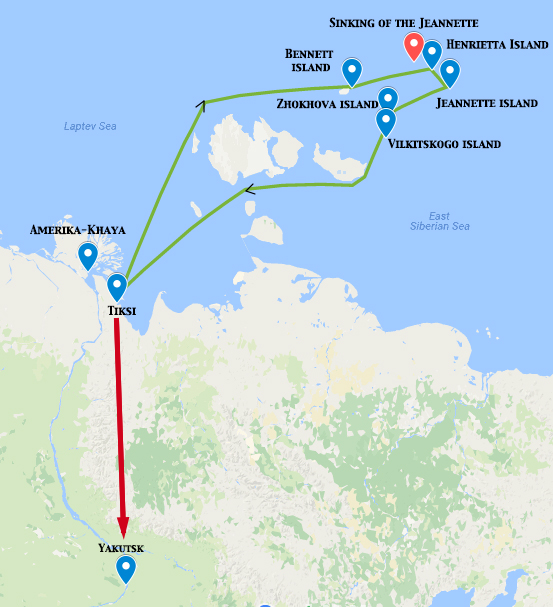
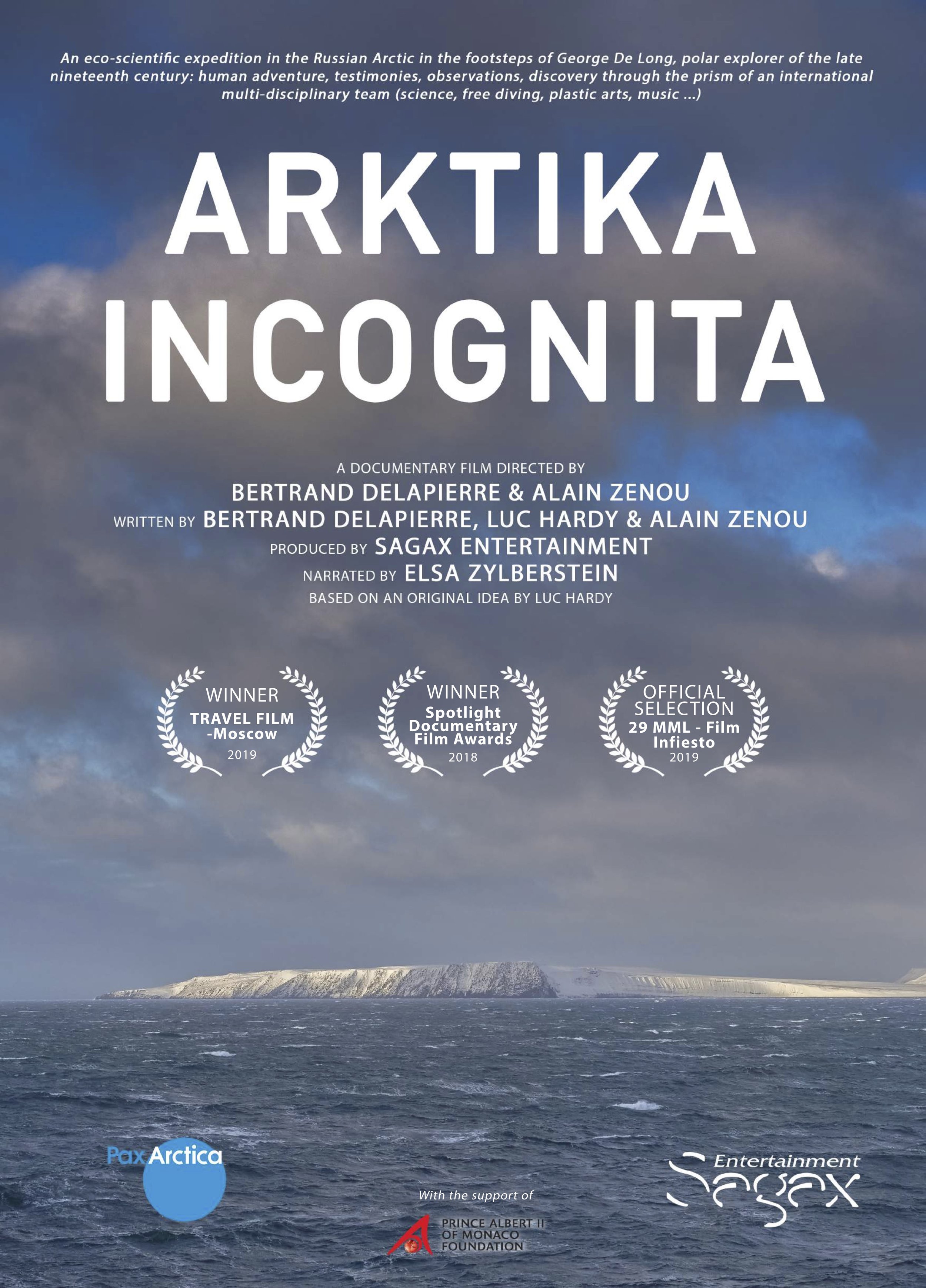




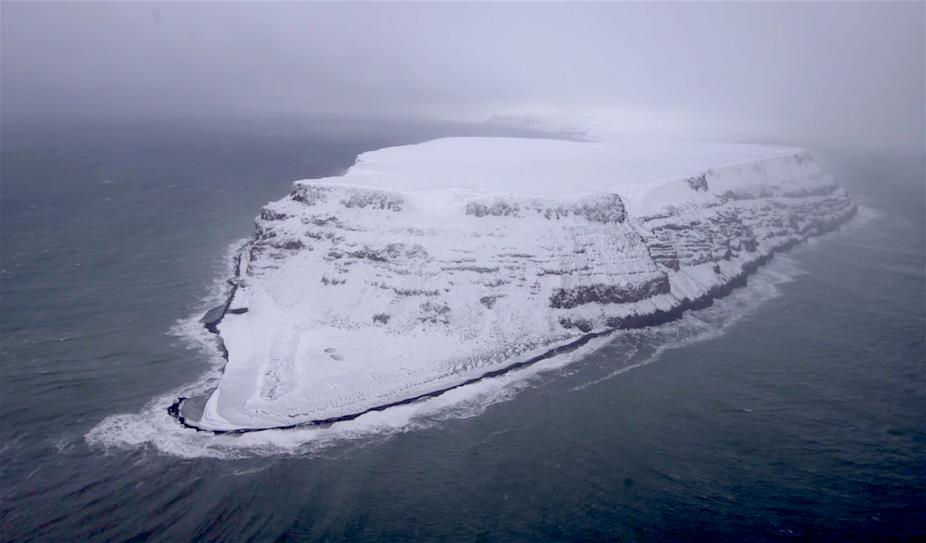


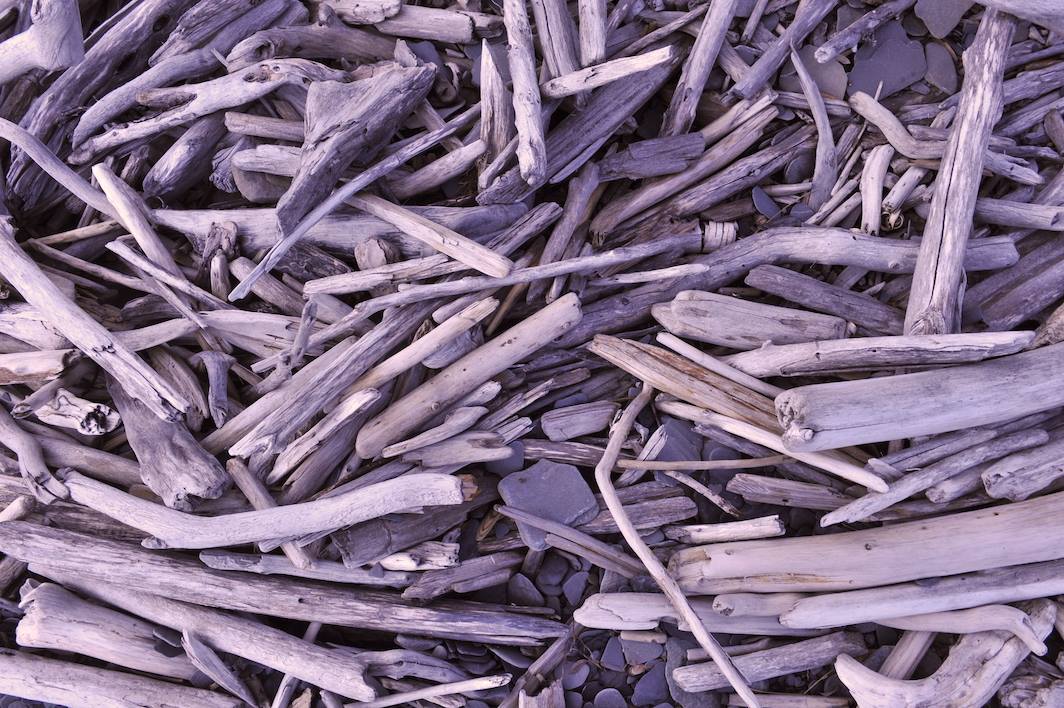















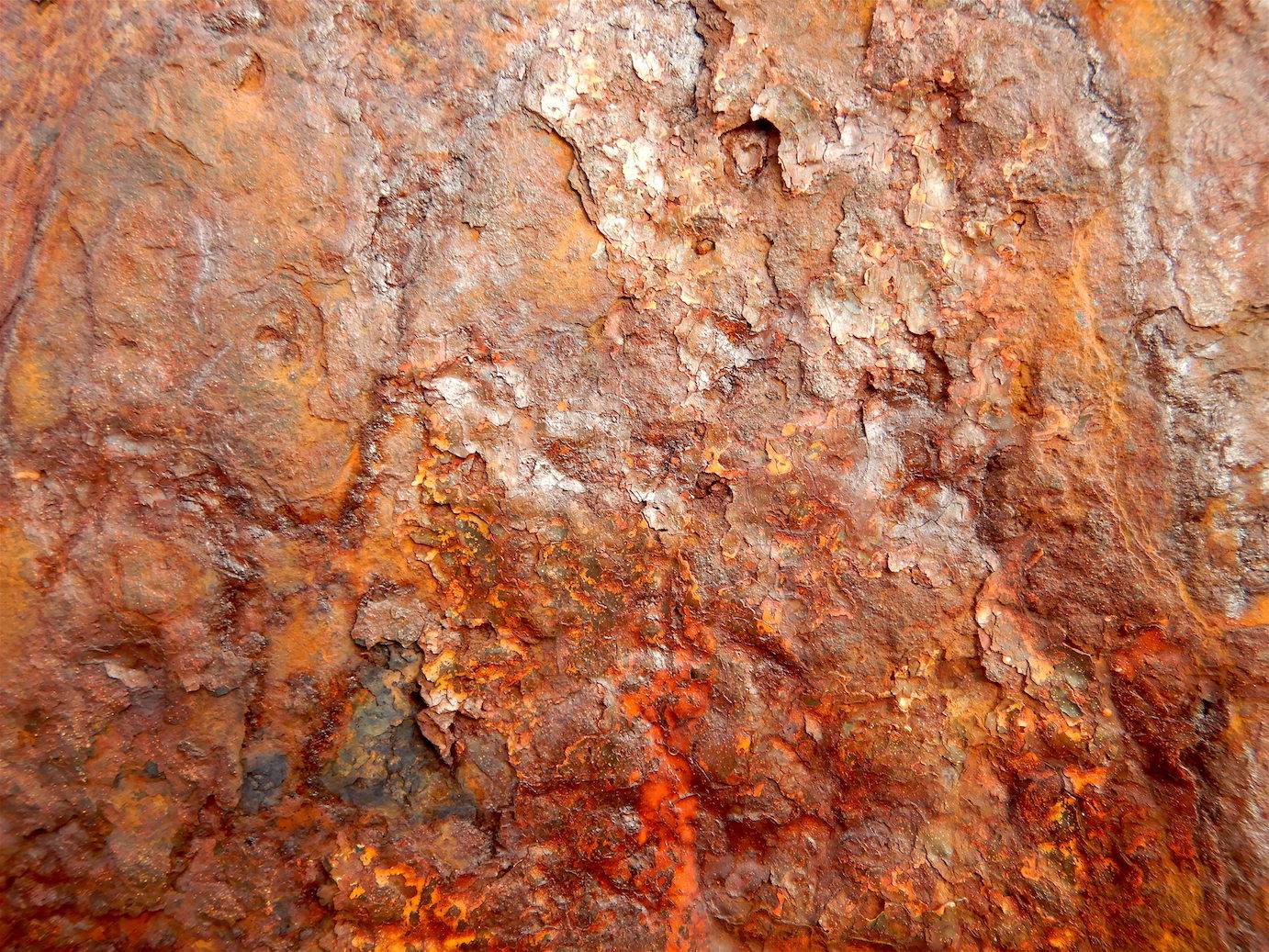




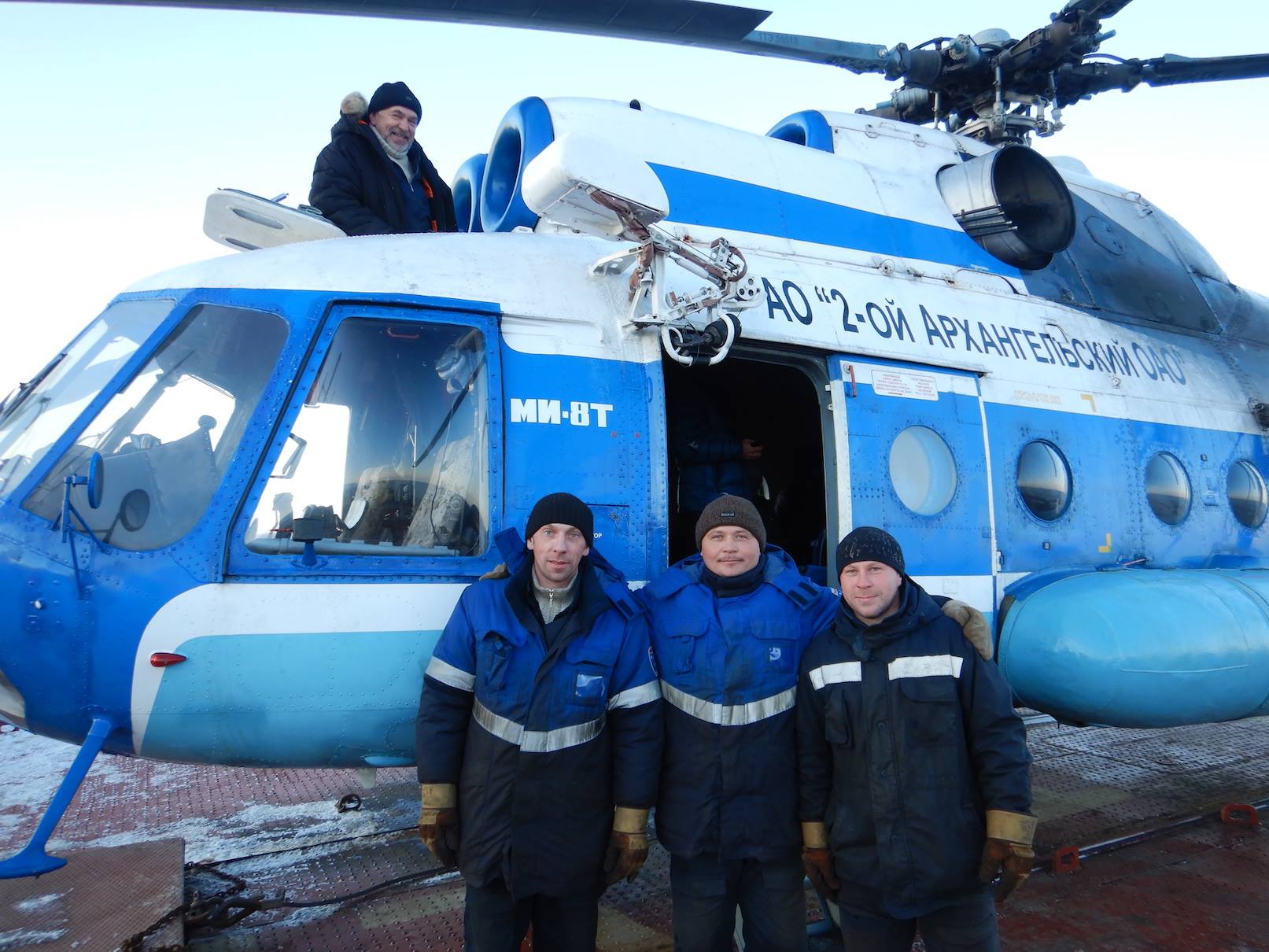

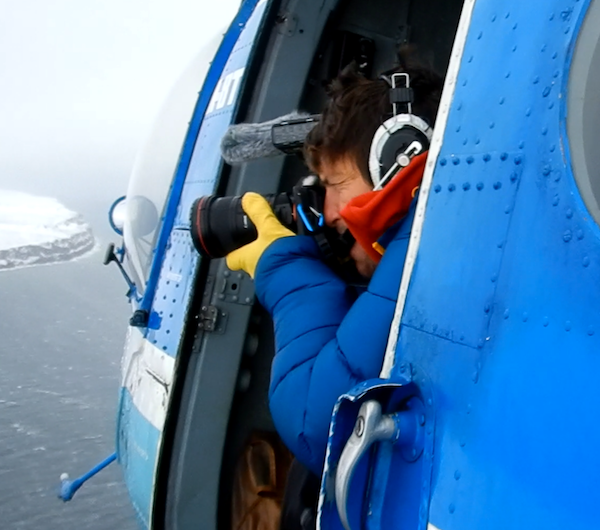




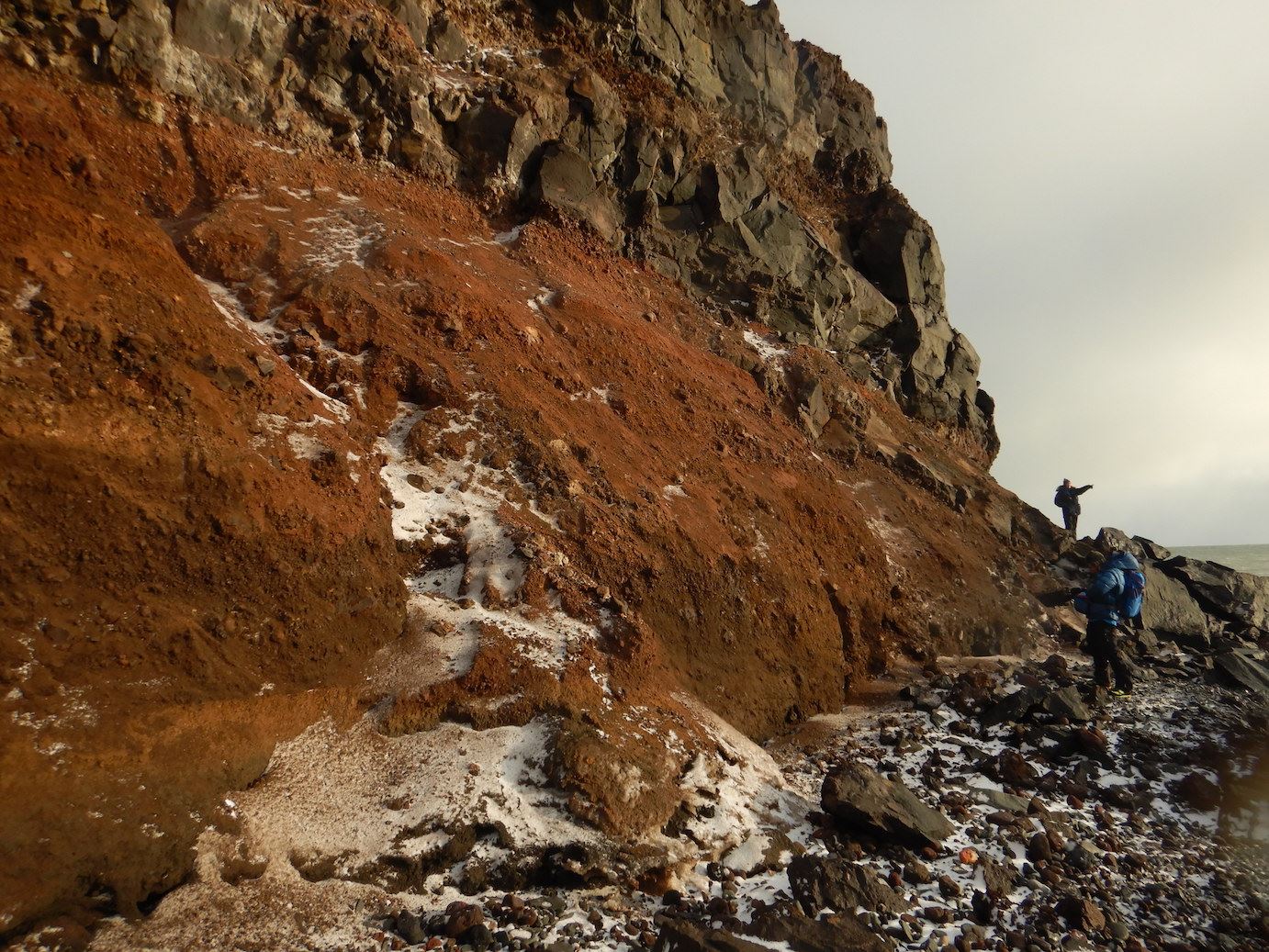



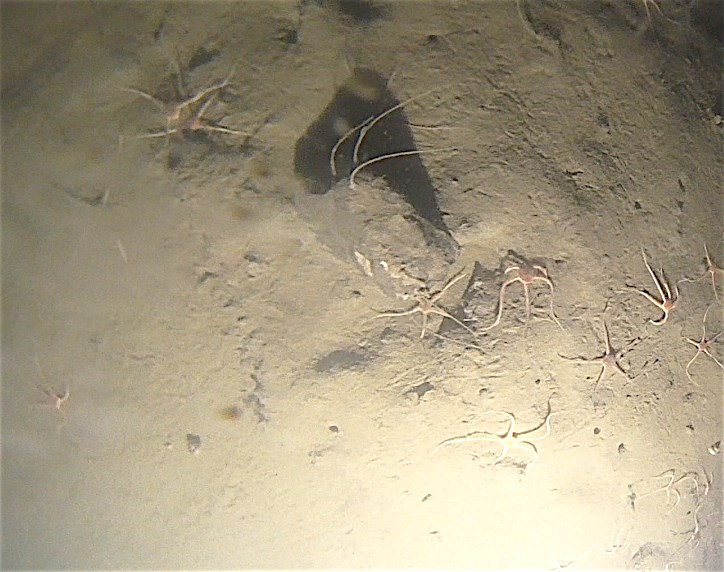


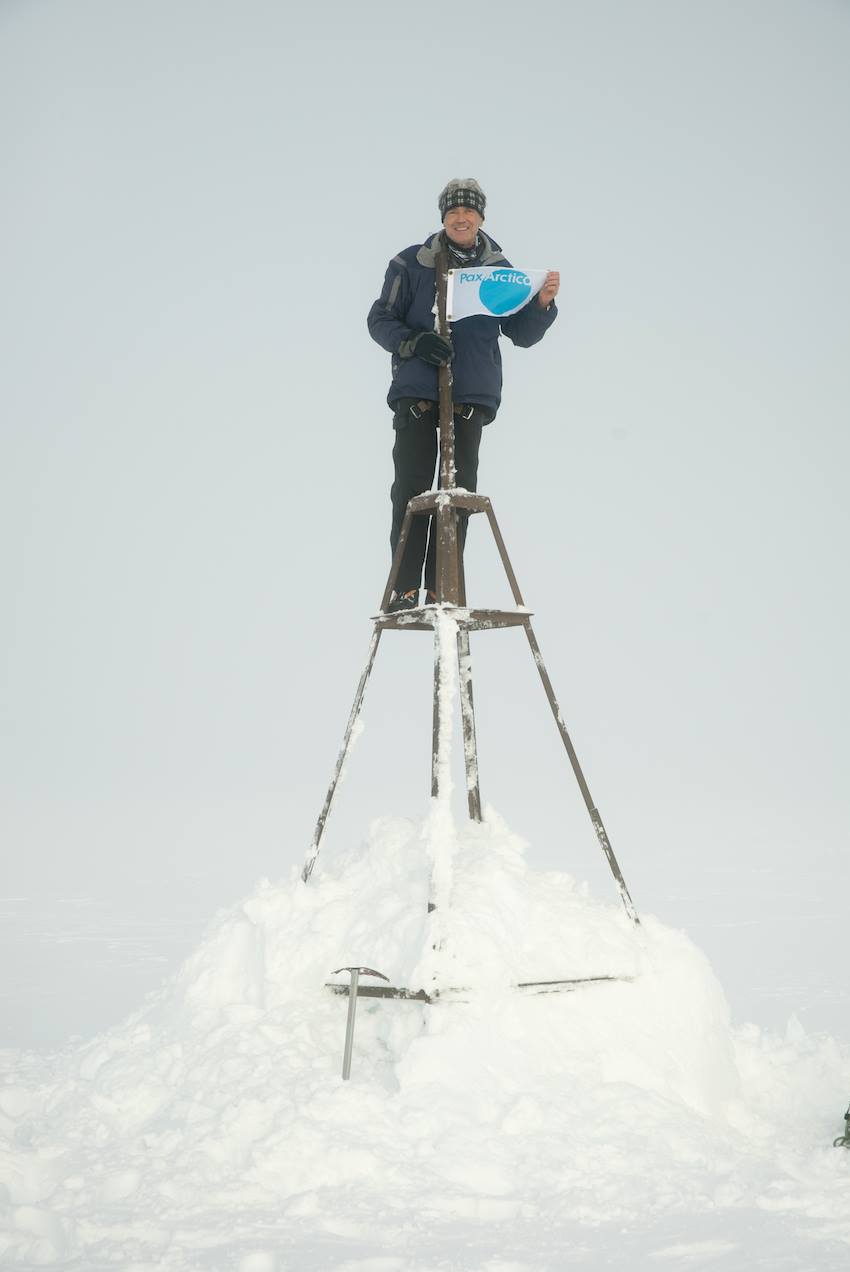
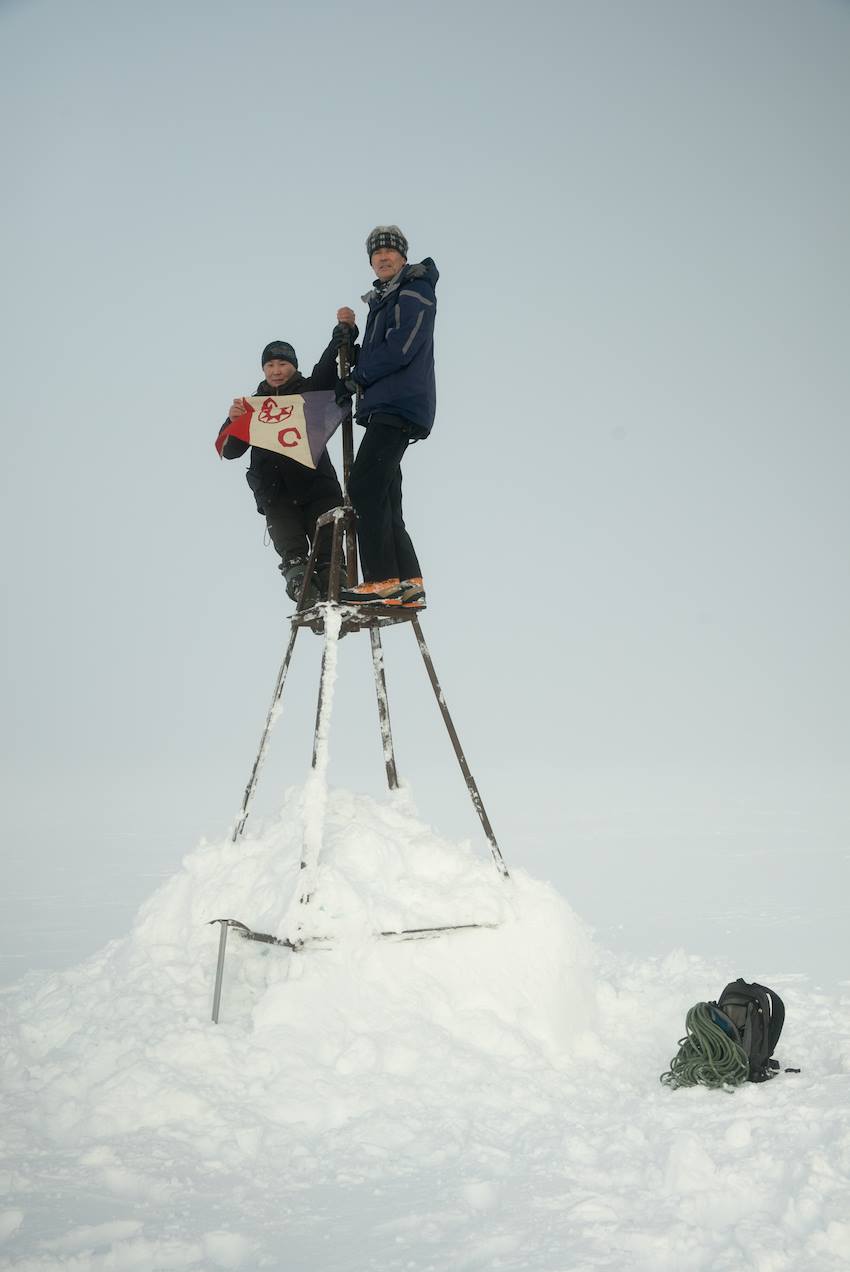



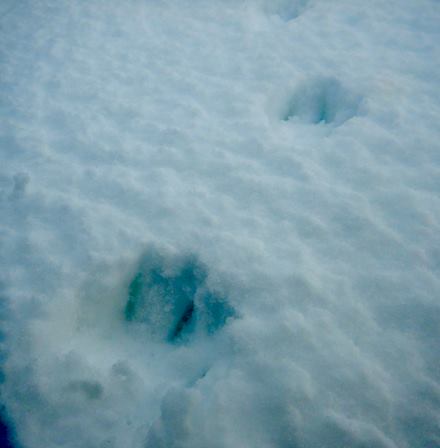
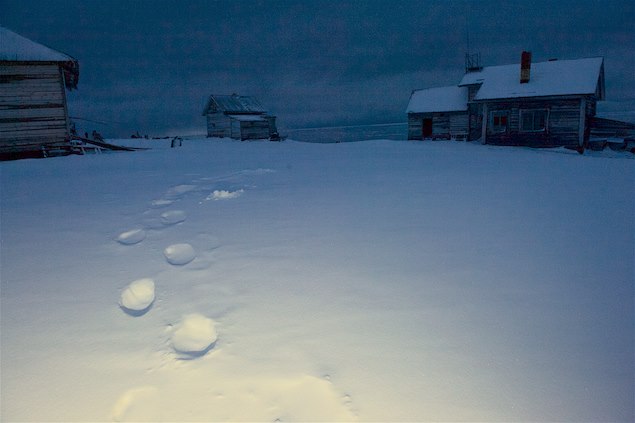
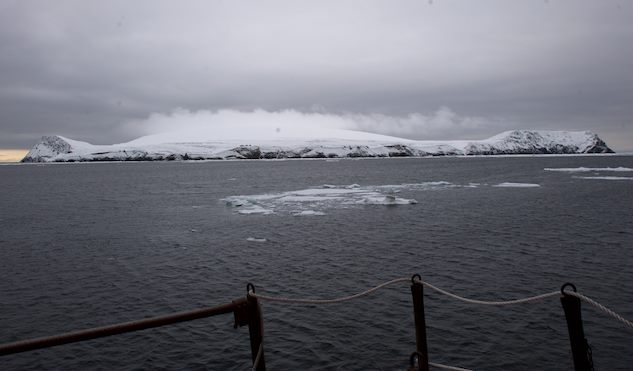
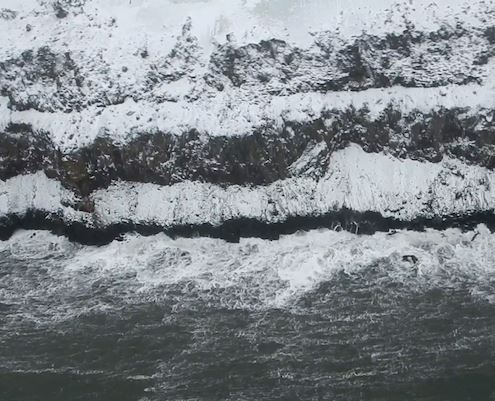
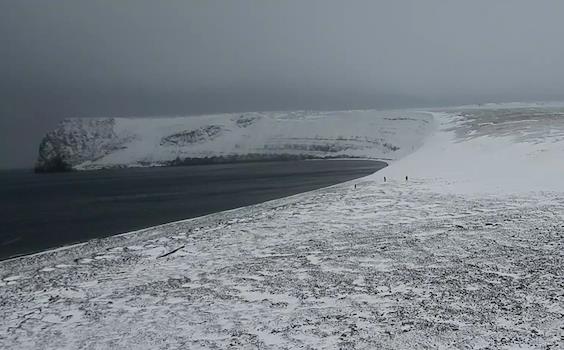
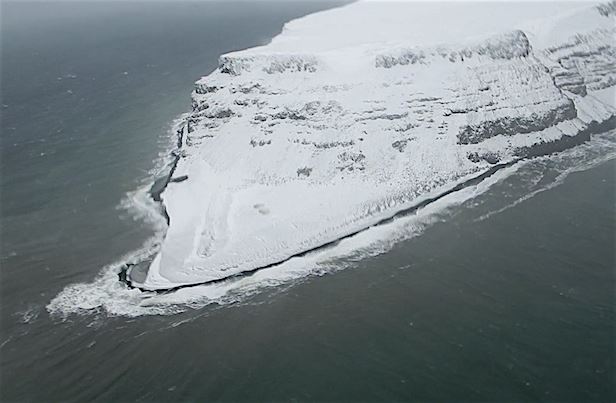



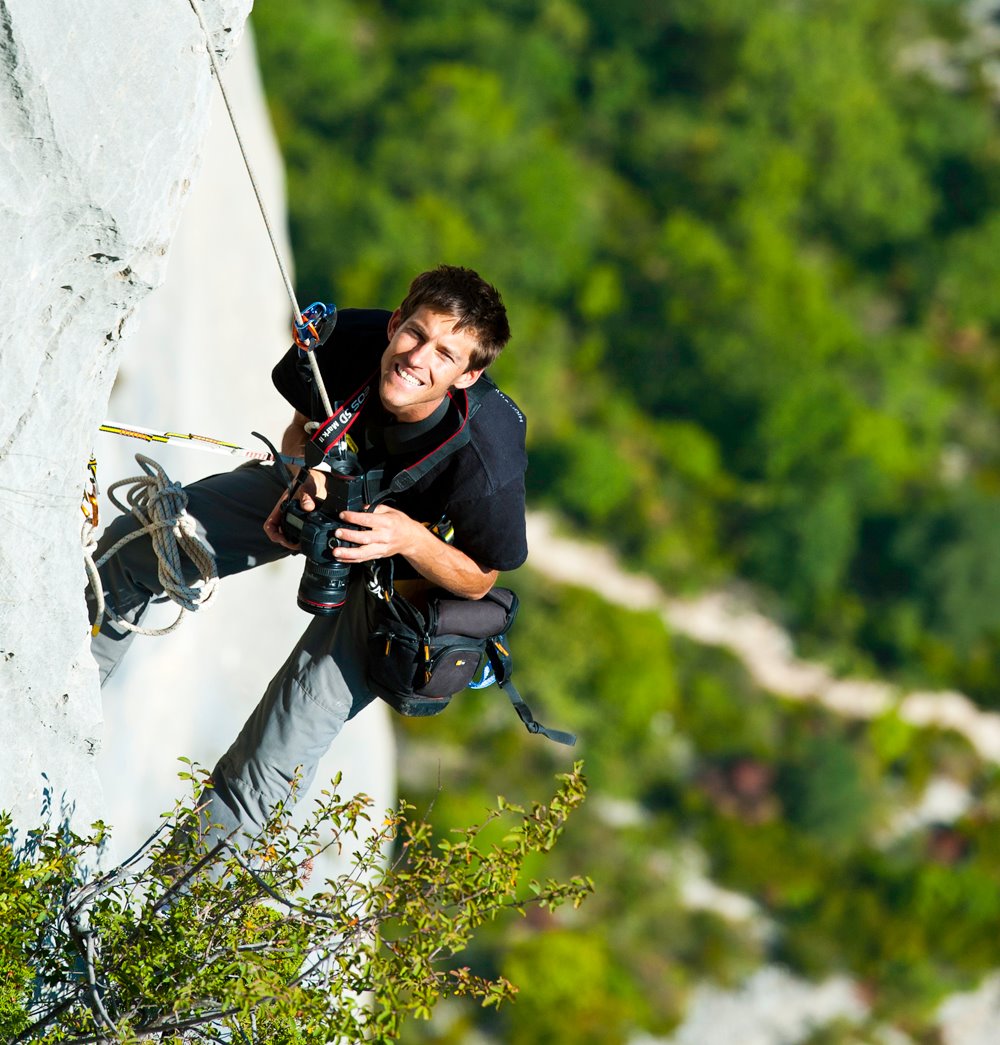
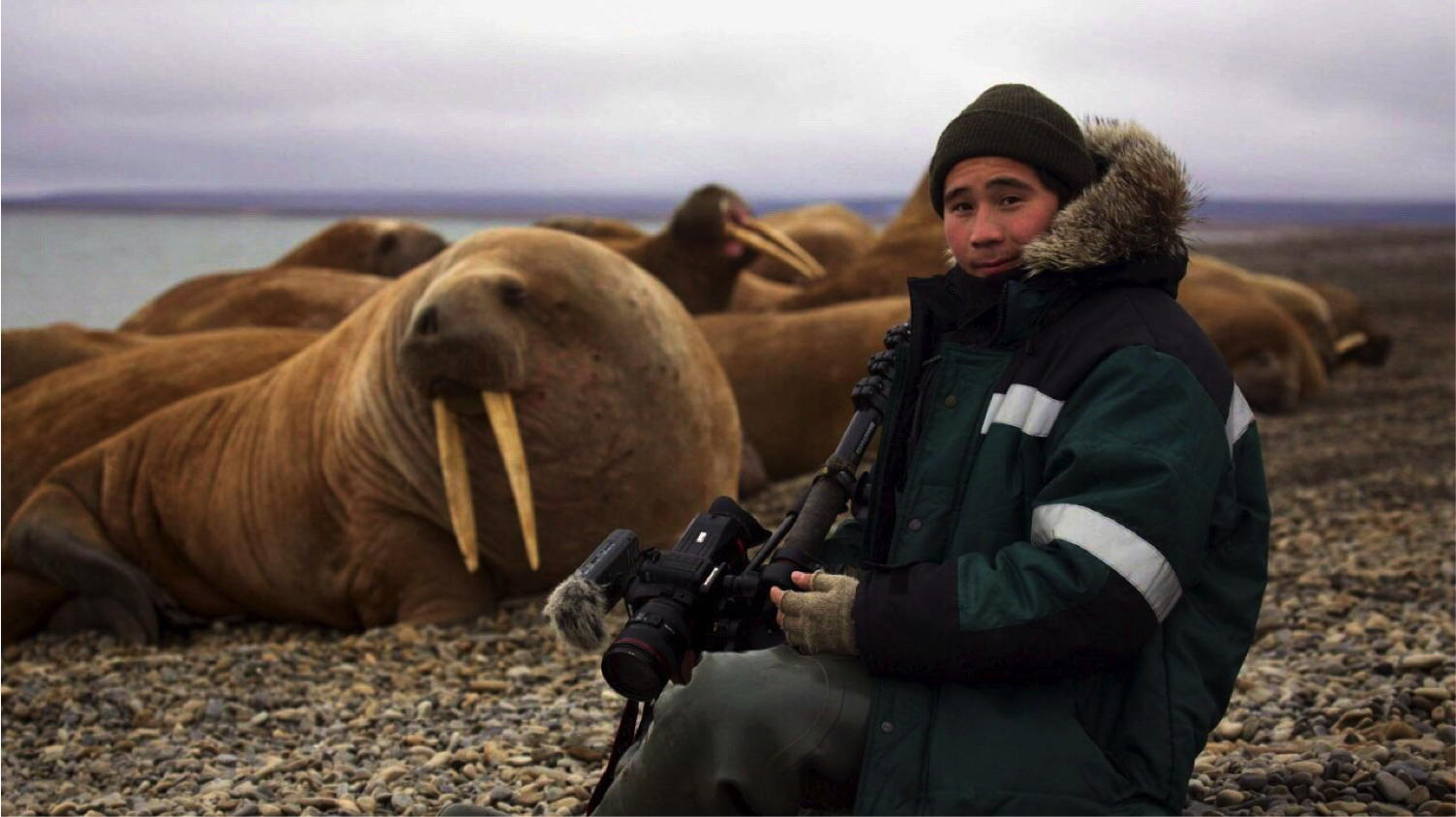













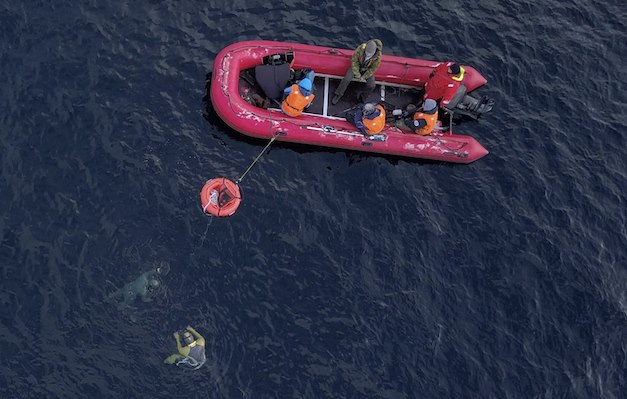
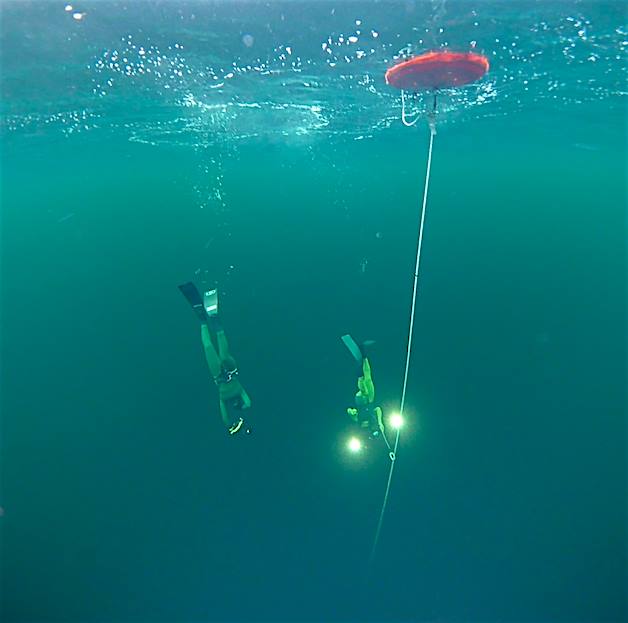
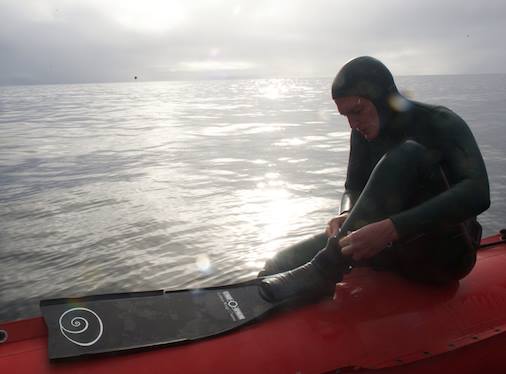


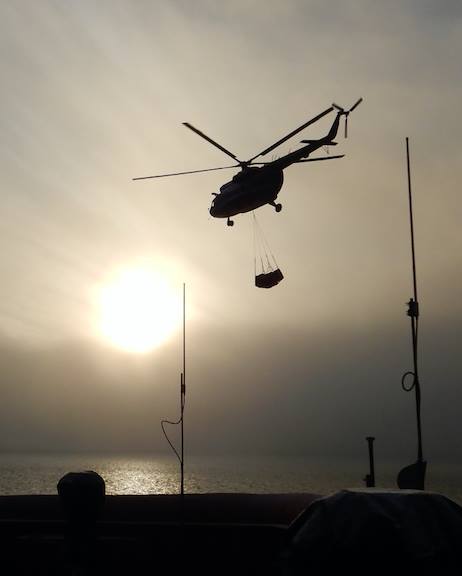
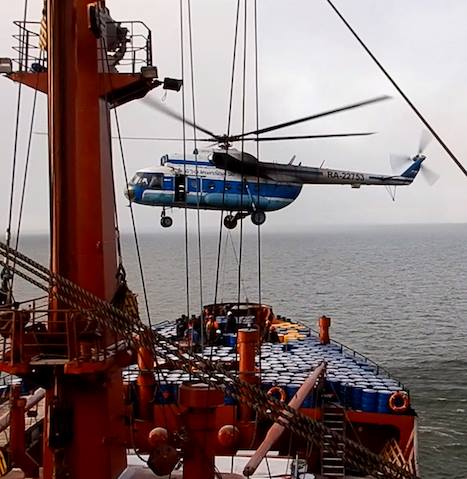


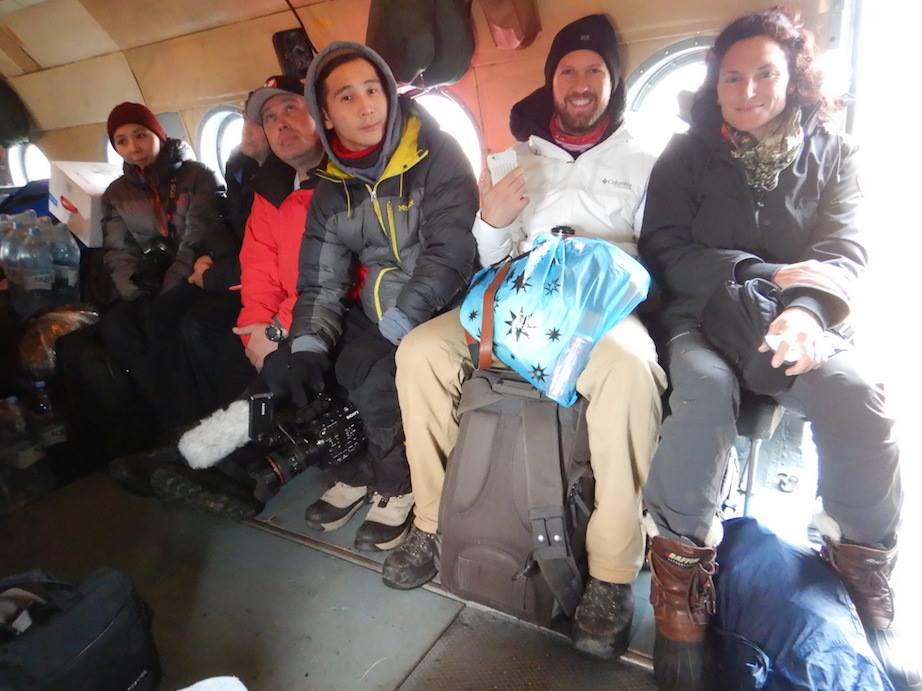
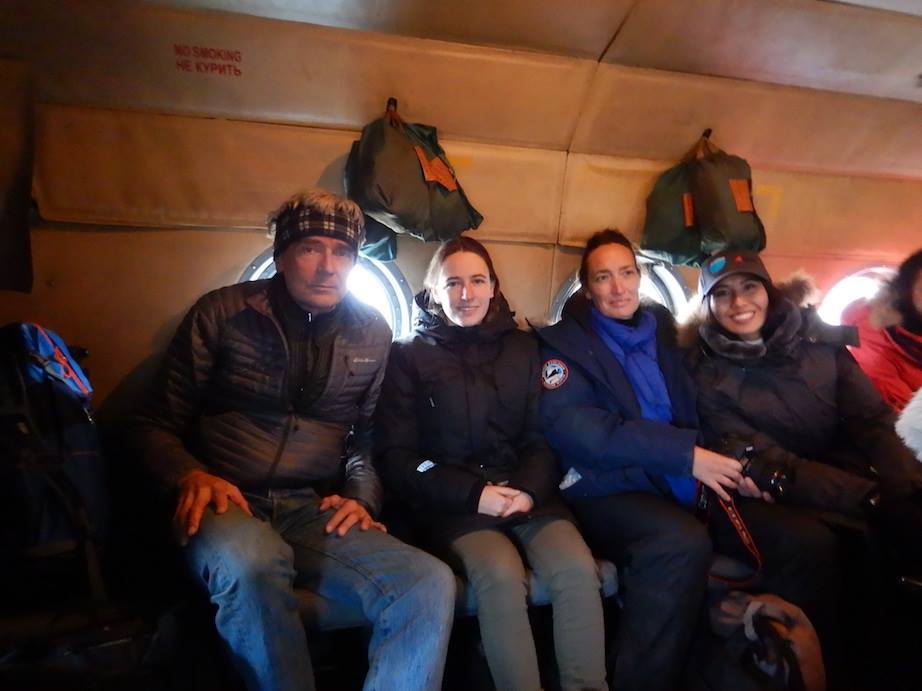
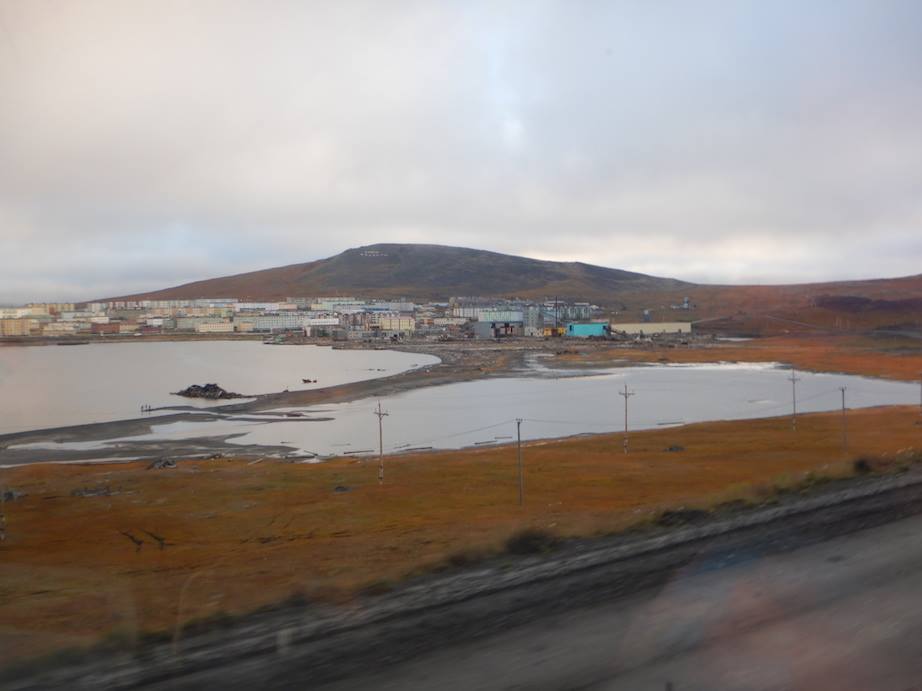
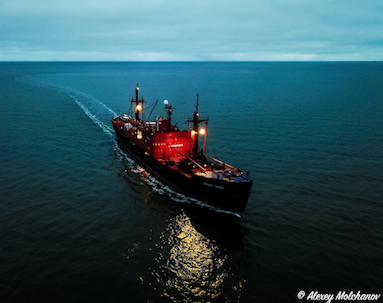
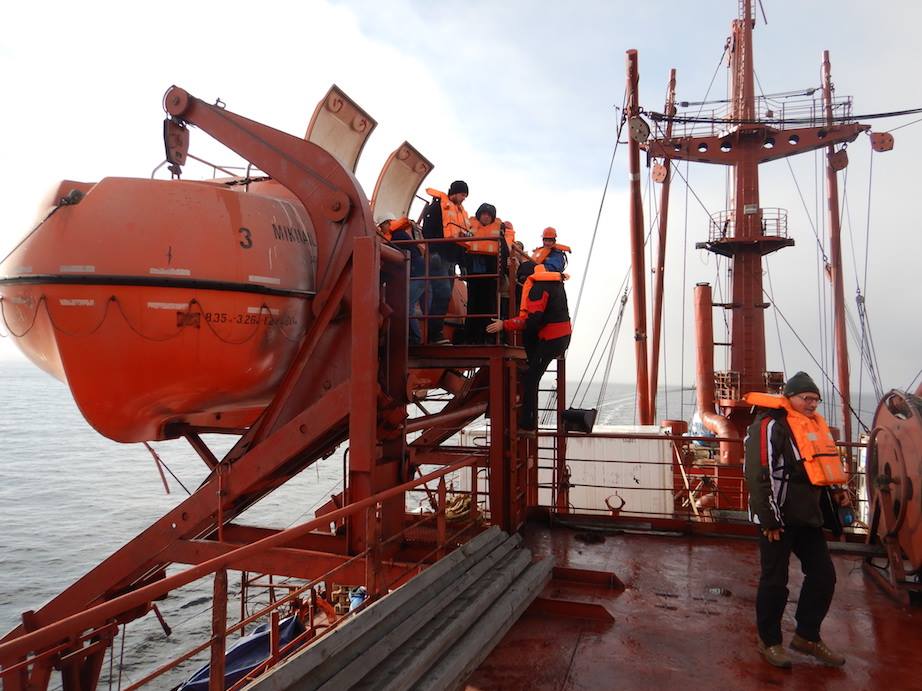


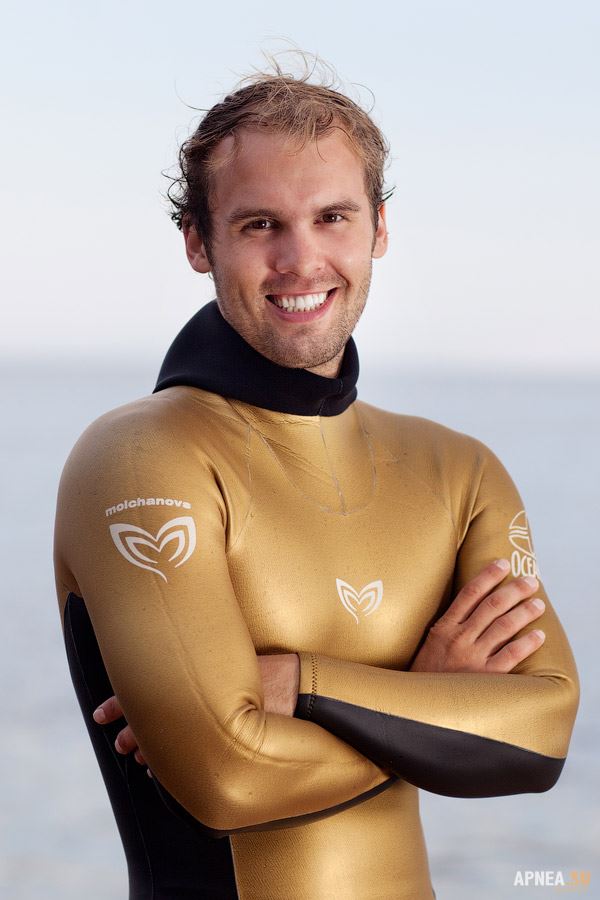

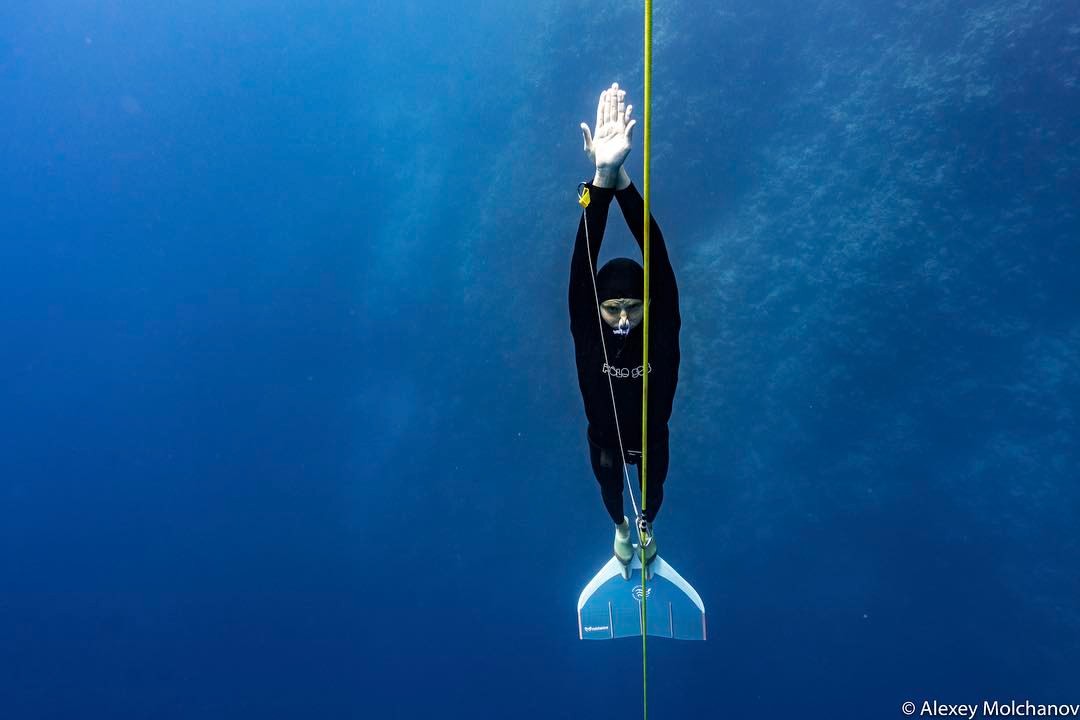







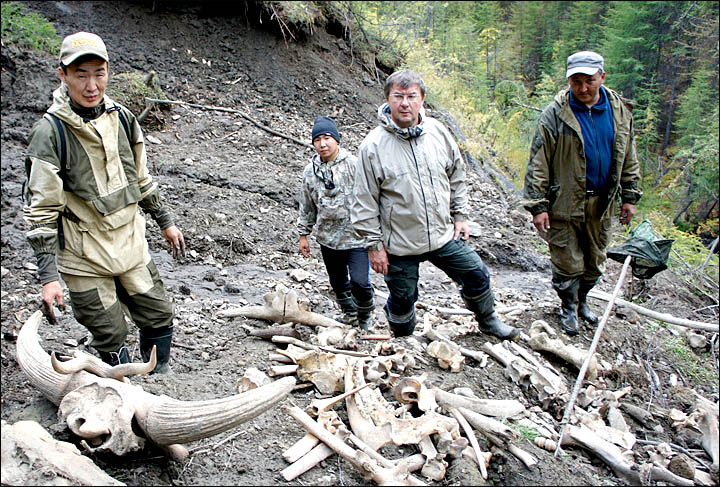
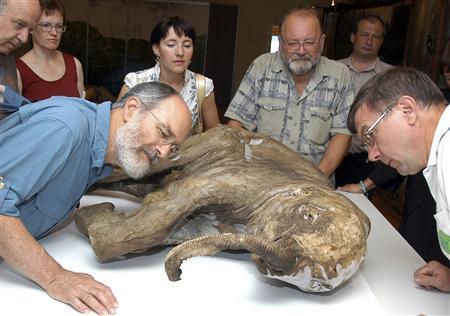
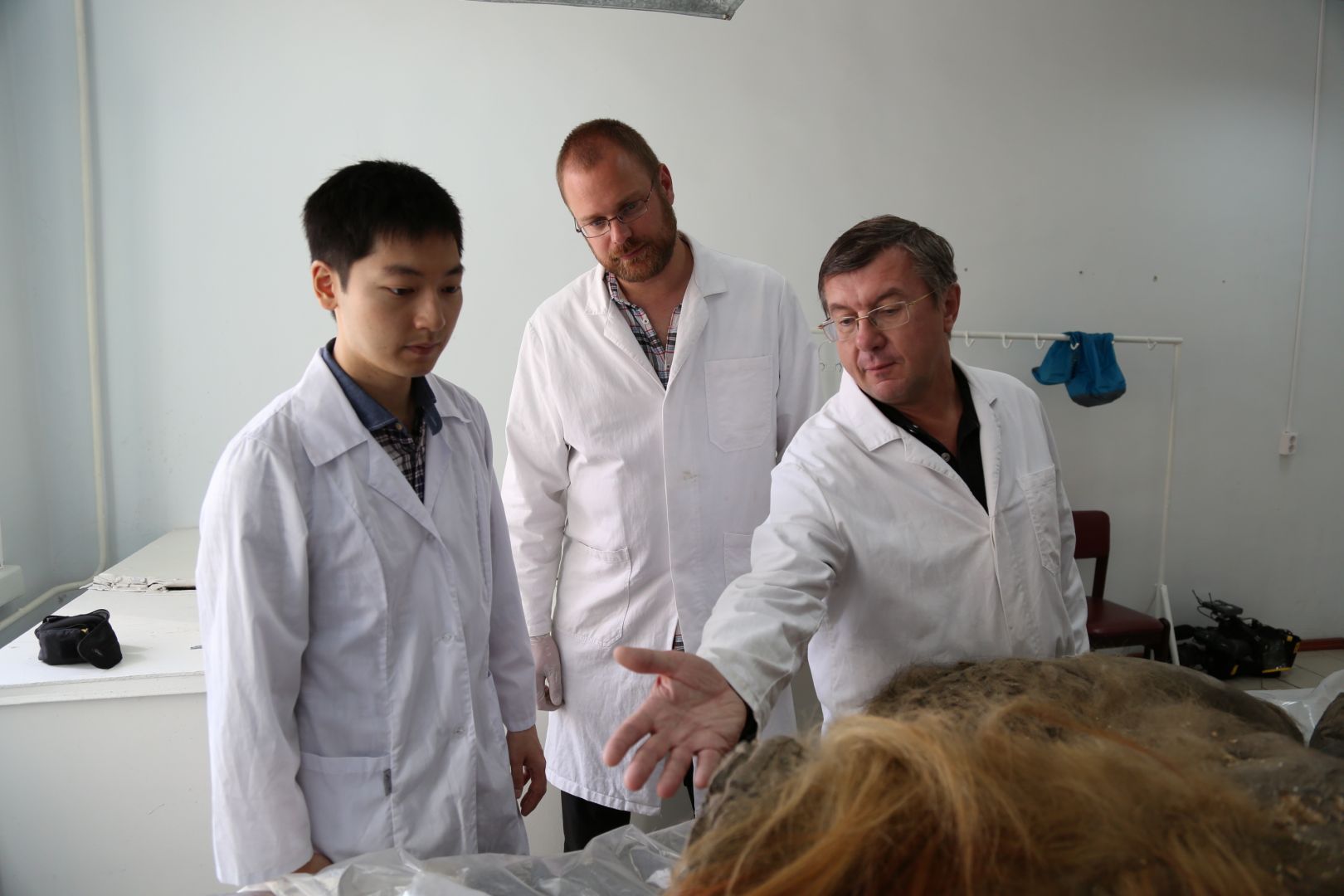

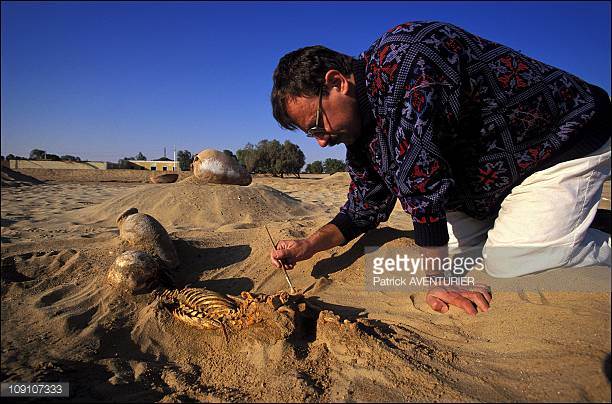

![20170626_111747[1].jpg](https://images.squarespace-cdn.com/content/v1/5601b988e4b02ead4f1388e8/1504823665095-5088ZZ1QS2L518NWWOMX/20170626_111747%5B1%5D.jpg)
